22 Apr Review: Get closer with the Apexel Macro Lenses for Smartphones – Zoom Macro, LensLight, JeweLens 120x
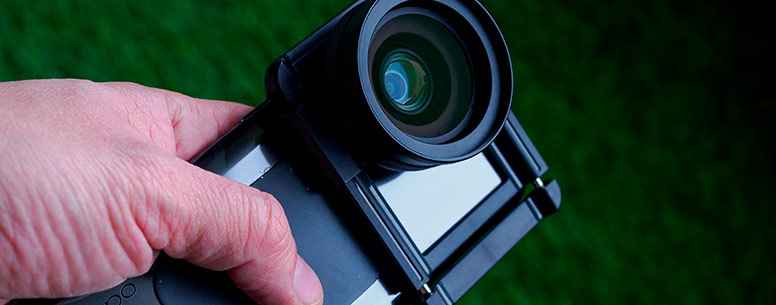
Smartphone Macro and Close-Up Photography
Having a mobile, lightweight and compact macro photography solution for your pocket, is a great addition for your standard macro kit.
Since we have our smartphones with us most times of the day, it only makes sense to use this.
However, the macro capabilities of smartphones are often limited and only a few have really good macro lenses and features on board.
This is where the wide range of Apexel smartphone photography lenses come into play.
For macro photography, they have some interesting lenses and accessories to choose from.
For the following review I have tested the Zoom Macro lens, the 120X Observation lens (aka JeweLens) and the LensLight.
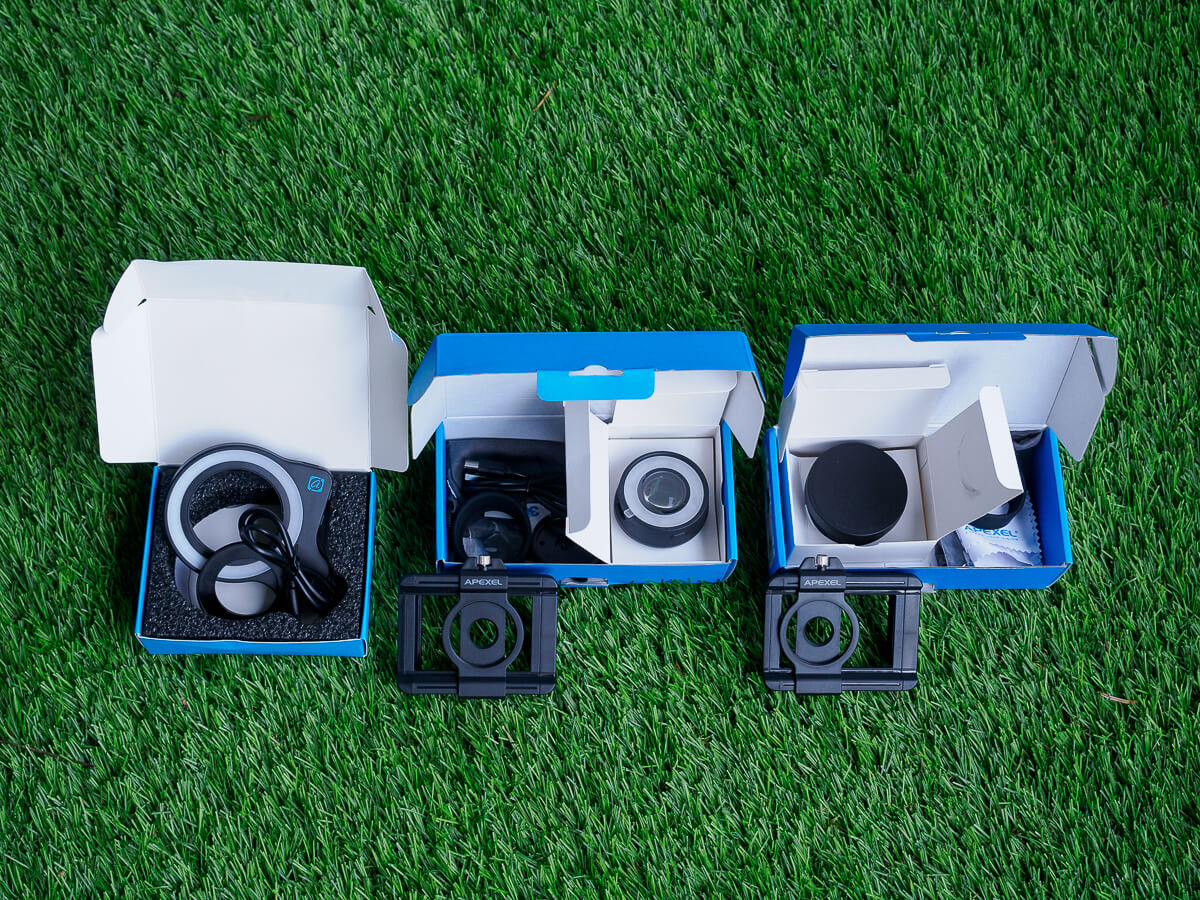

Get 10% off your Apexel order with the Code you can find in the review´s conclusion.
Being more on the affordable side, I wanted to see how they perform and also how they compare to the rather expensive Sandmarc lenses, which I reviewed here.
A notice for transparency: for best results, when photographing at high magnifications with macro lenses, it is advised to have as much available light as possible. In bad lighting conditions results can differ greatly from those images, that are usually used to promote and market this kind of lenses and photography.
The Apexel Zoom Macro Lens (APL-ZM100)
While most external smartphone lenses are fixed, the Apexel Zoom Macro lens is – surprise, surprise – equipped with a … zoom function.
It reaches 10-20X magnification and sports a super-wide F1.05 aperture.
On paper, these are strong specifications, offering flexibility both regarding focal length, range and also low-light capabilities and the ability to create nicely rendered out-of-focus bokeh backgrounds.


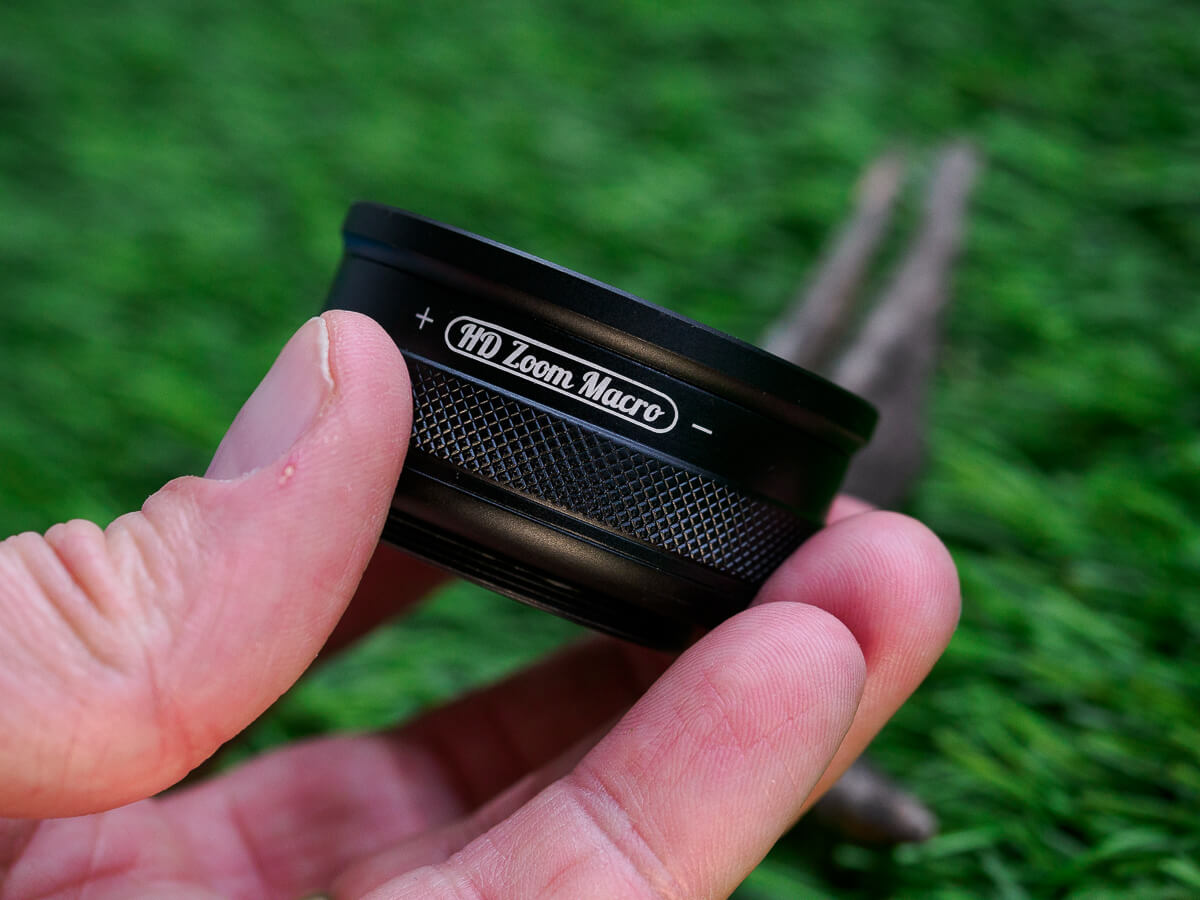
Changing the zoom from 10x to 20x by turning the (textured) focus ring, you can decide to show subjects in all their glory, or zoom in and just highlight specific features and details.
Adding extra glass can be problematic, hence why a high optical quality is important.
The large aperture allows for enough freedom also in low-light scenarios, as it does not darken the original smartphone lens considerably.
As a nice little benefit, you can also use the Zoom Macro Lens as a standalone jewelry loupe or to observe biological details of objects or animals.
A silicon eyepiece is included in the box.
Tip: Using the Apexel Macro Lenses
To use the Apexel lens the best way possible, you should turn off the automatic lens-switching feature and use the phone´s main camera.
This is important especially for iPhones.
The zoom of the lens is not exactly like the classic zoom you know of digital camera lenses, but what it actually does is, it changes the minimum focusing distance, which allows you to get close to your subject and achieve a higher magnification.
This way, the lens allows for a focusing distance from 15mm to 45mm.
Ultimately this means you can only use the macro lens for extreme close-ups and not for portraits or large objects that are further away from the camera/smartphone.
As you can see, the depth-of-field is extremely shallow in smartphone macro photography in general.
Even more so, if you are using an extra macro lens.
For a good amount of details and sharpness, it can be helpful to use the focus stacking technique, where several images with a shifted point-of-focus are merged to give a result with a deeper area of focus and sharpness.
To further enhance the sharpness of your mobile macro photography images, it helps to stabilize the phone and shoot subjects that are not moving.
Photographing a living, moving subject handheld will most likely result in sub-par results.
Tip: to prevent the distortion effects around the center of the frame, try using your smartphone lens with a 2X zoom.
Handling the Apexel ZM100 Zoom Macro Lens
Turning the zoom ring works smoothly and there is enough friction for precise control.
To attach the lens to most smartphones, an universal phone mount is used.
Actually I enjoyed using this one more than the classic clip-on from the Sandmarc lenses (in case you wouldn´t use the Sandmarc phone case mount, which is indeed the best way to attach a lens).
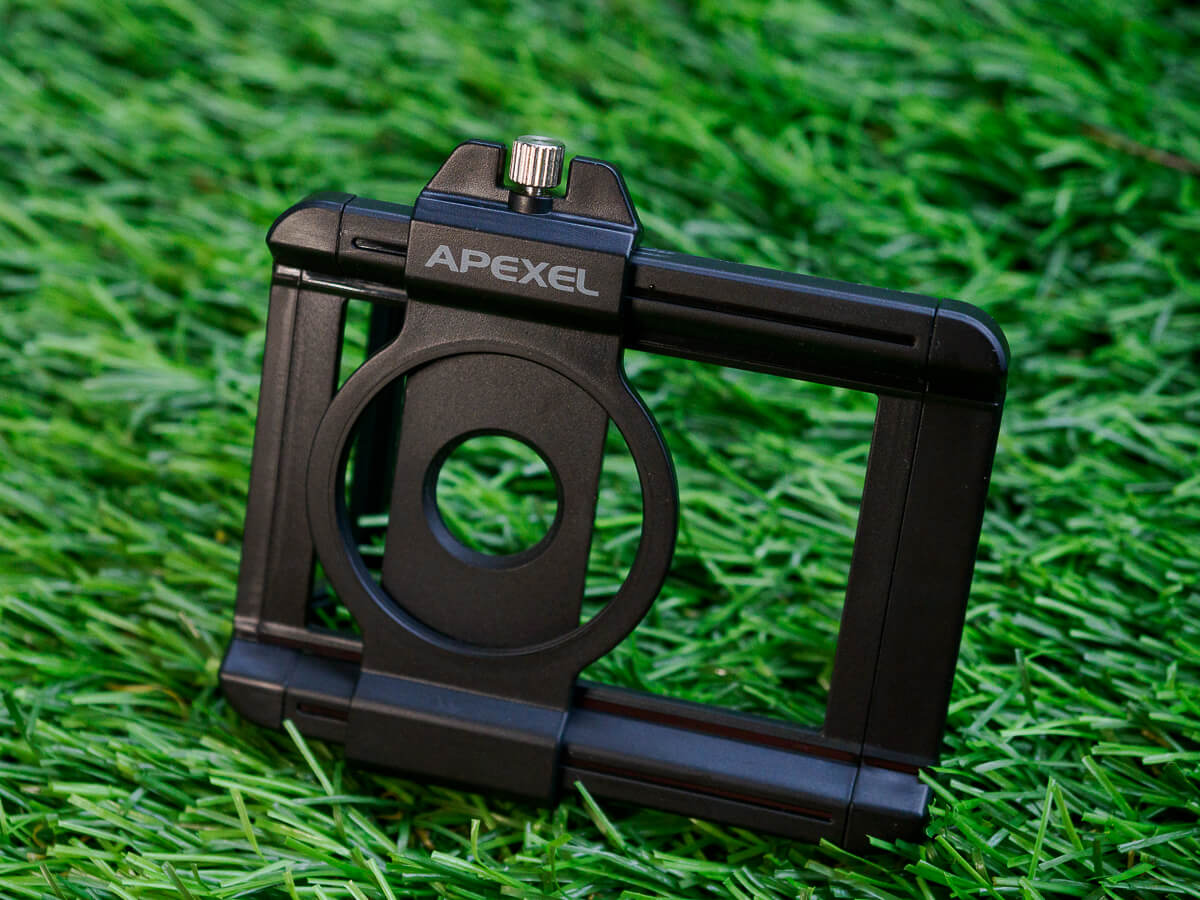
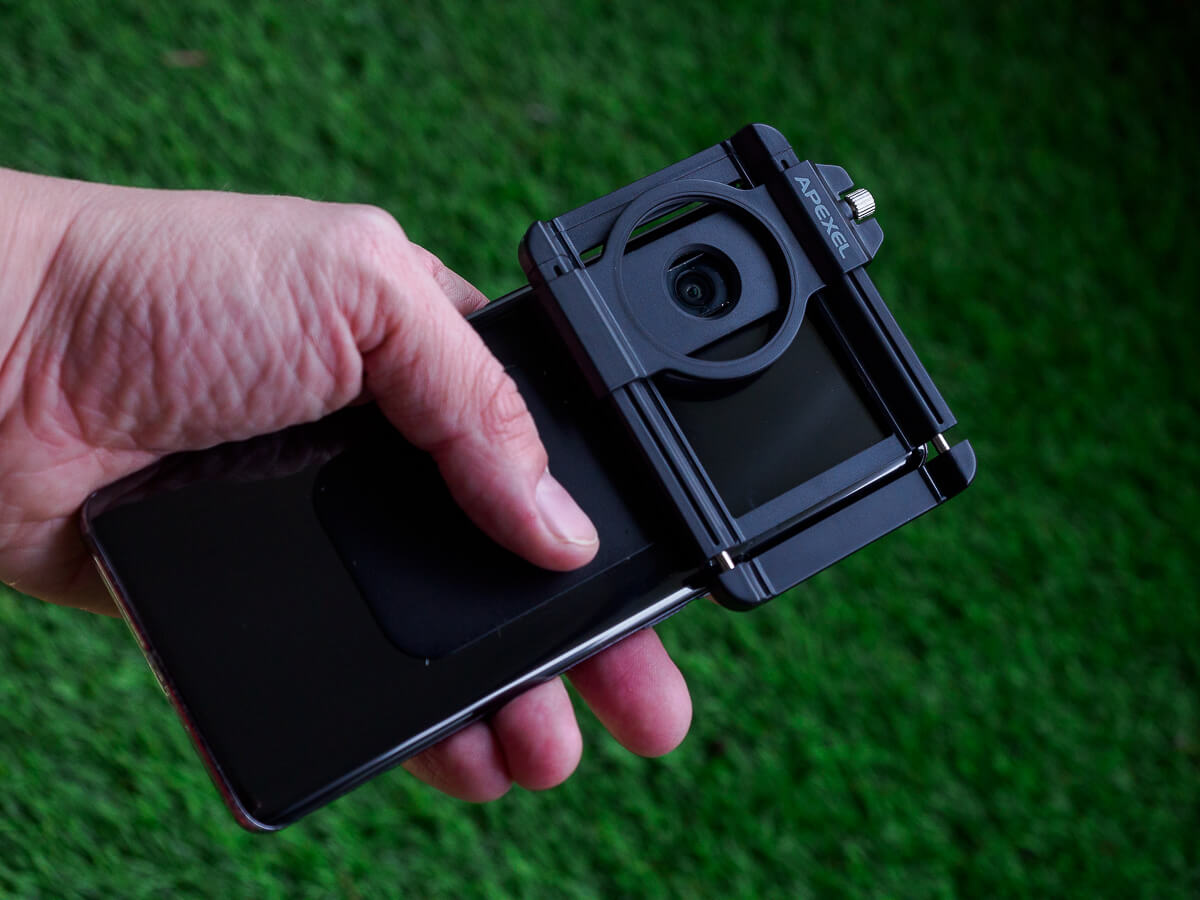
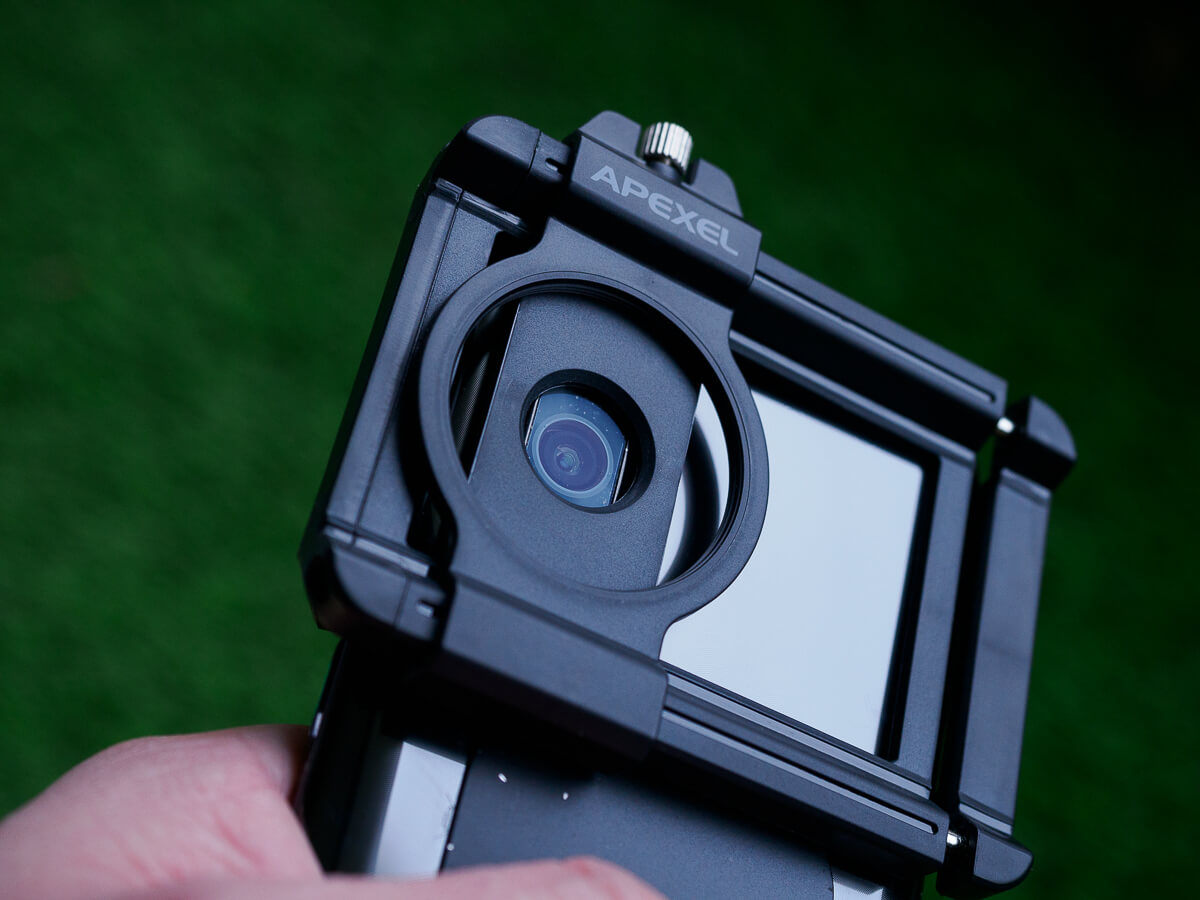

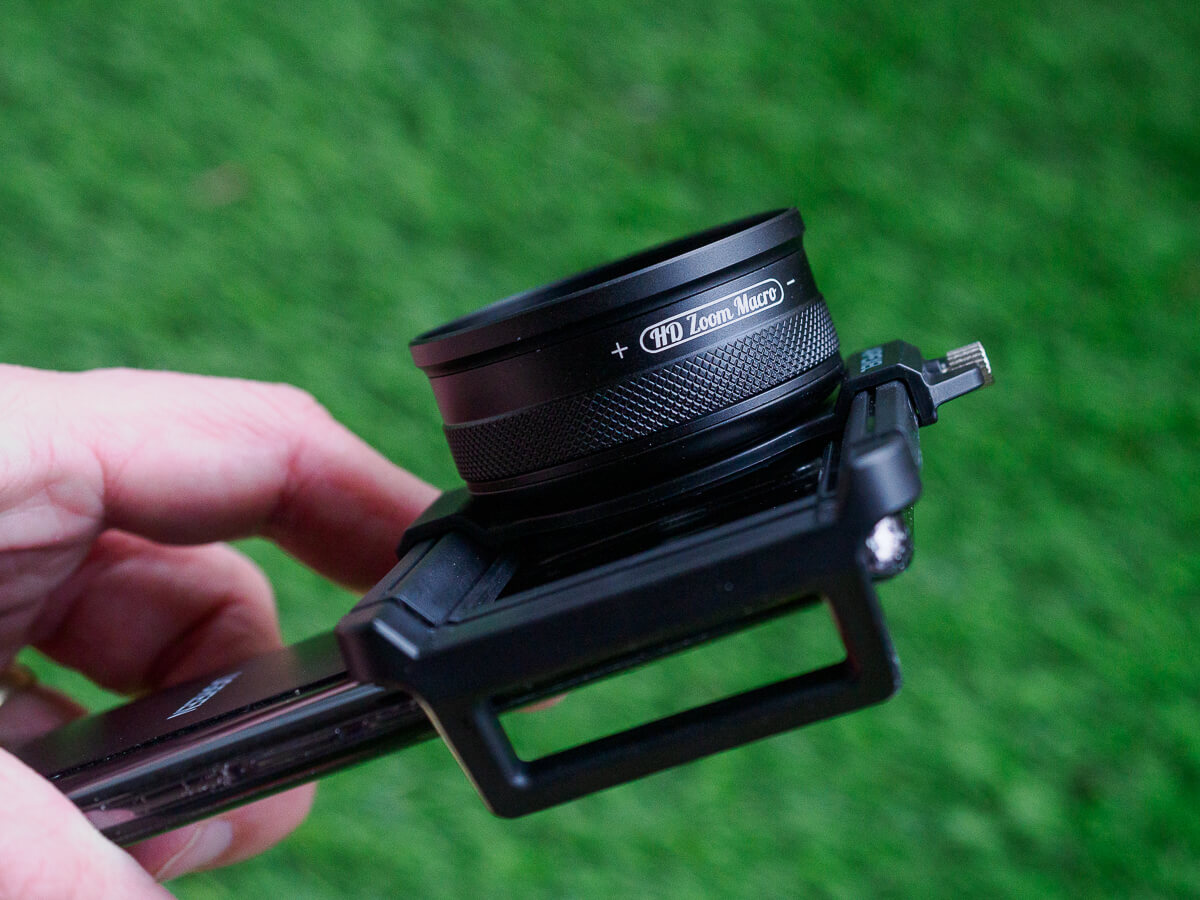
With some smartphones though, the mount-construction can block or press the side buttons (like volume control or power on/off) – make sure it fits before purchasing.
With protuding camera units, like the brandnew Xiaomi 15 Ultra, which I just got, aligning the lens can be a bit challenging, too.
The same applies for multi-lens-modules in modern phones, as depending on the focal length and lens used, you might have to re-align the Apexel lens repeatedly.
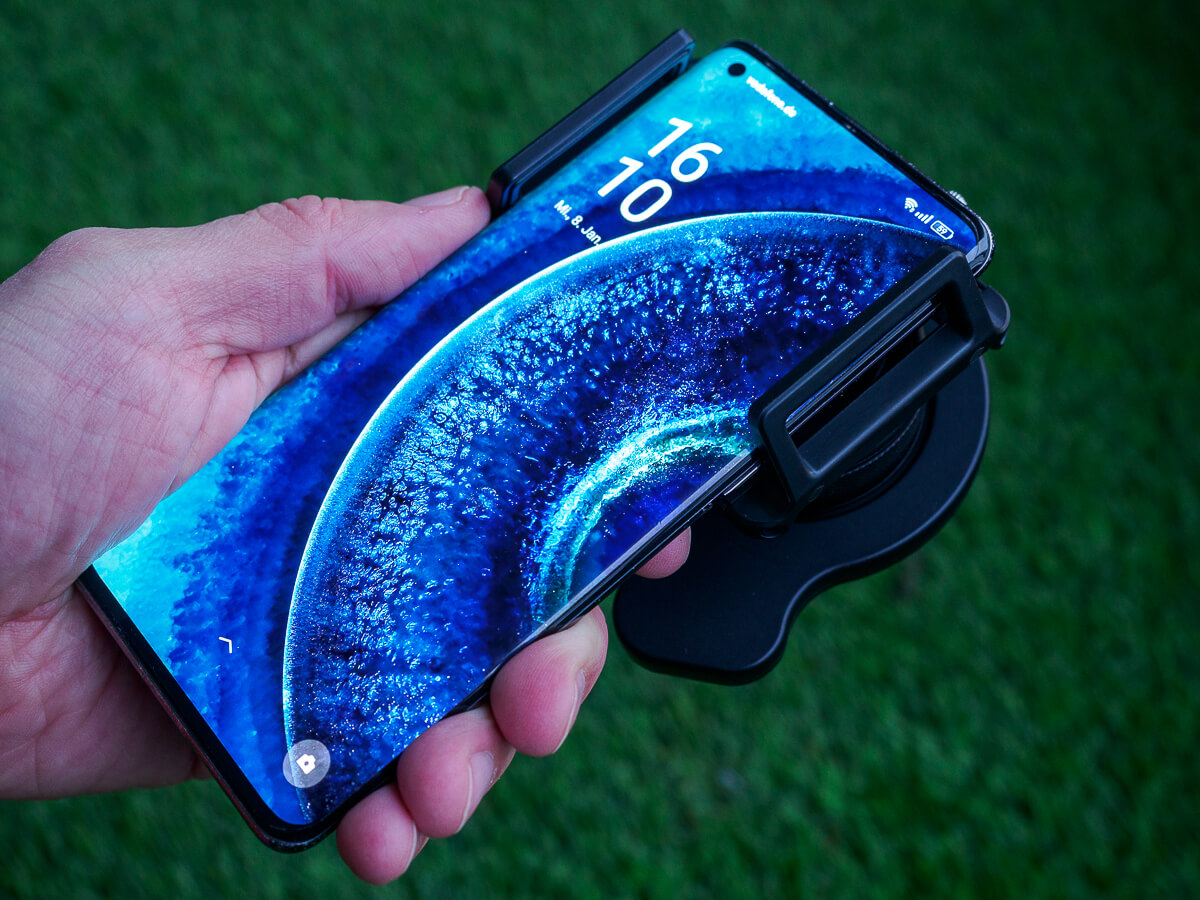
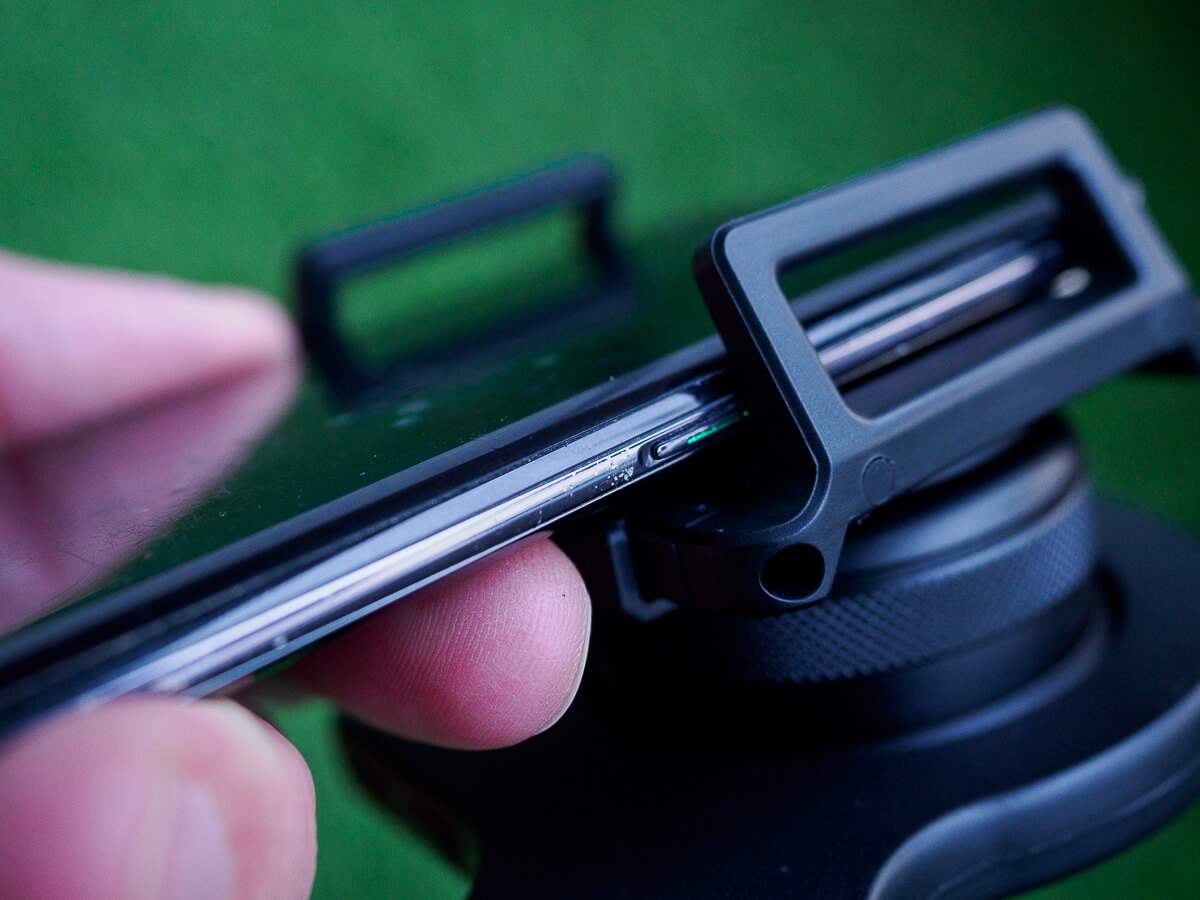

Price: €39,95 EUR (+shipping) BUY HERE (use the code wildmacro10 for 10% off your order)
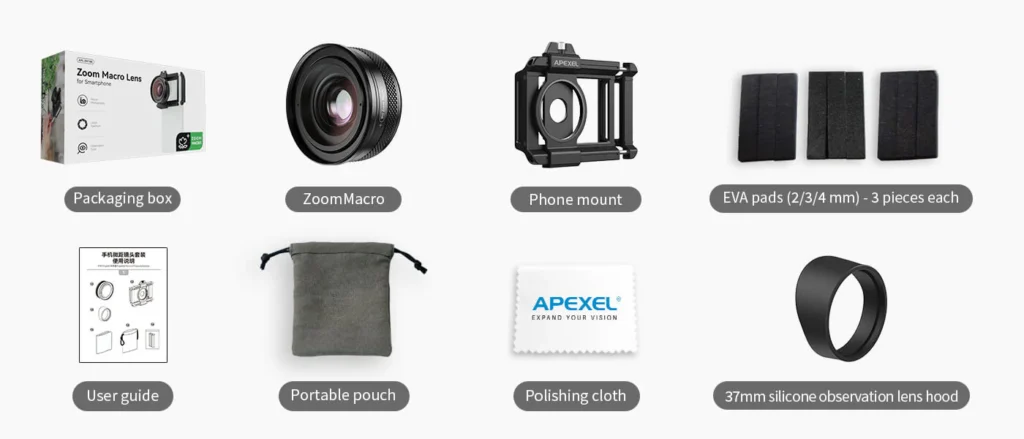
The Apexel LensLight (APL-FL26)
The FL26 LensLight is super lightweight and specifically designed to be used with the Apexel ZM100 Zoom Macro Lens or the Apexel HD 100mm Macro Lens (via the provided step-up ring).
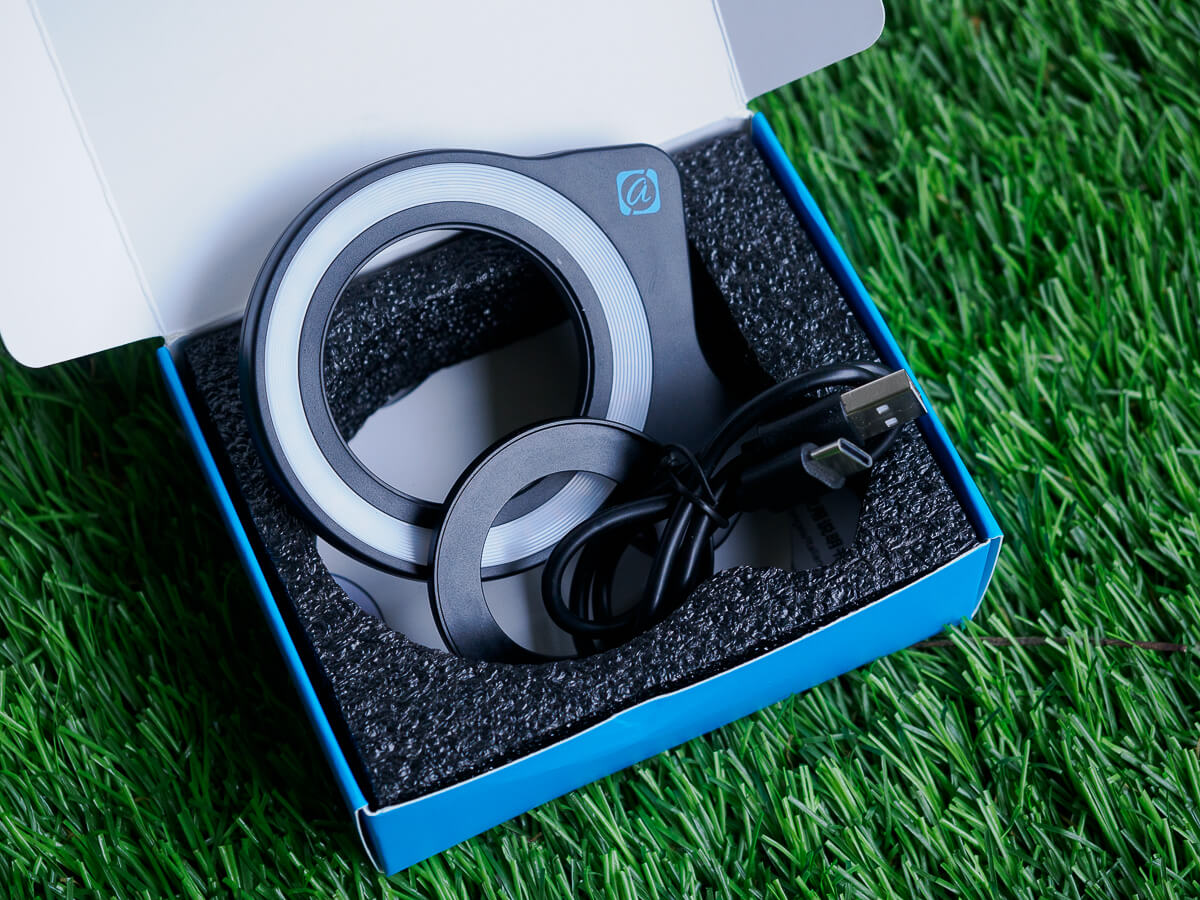
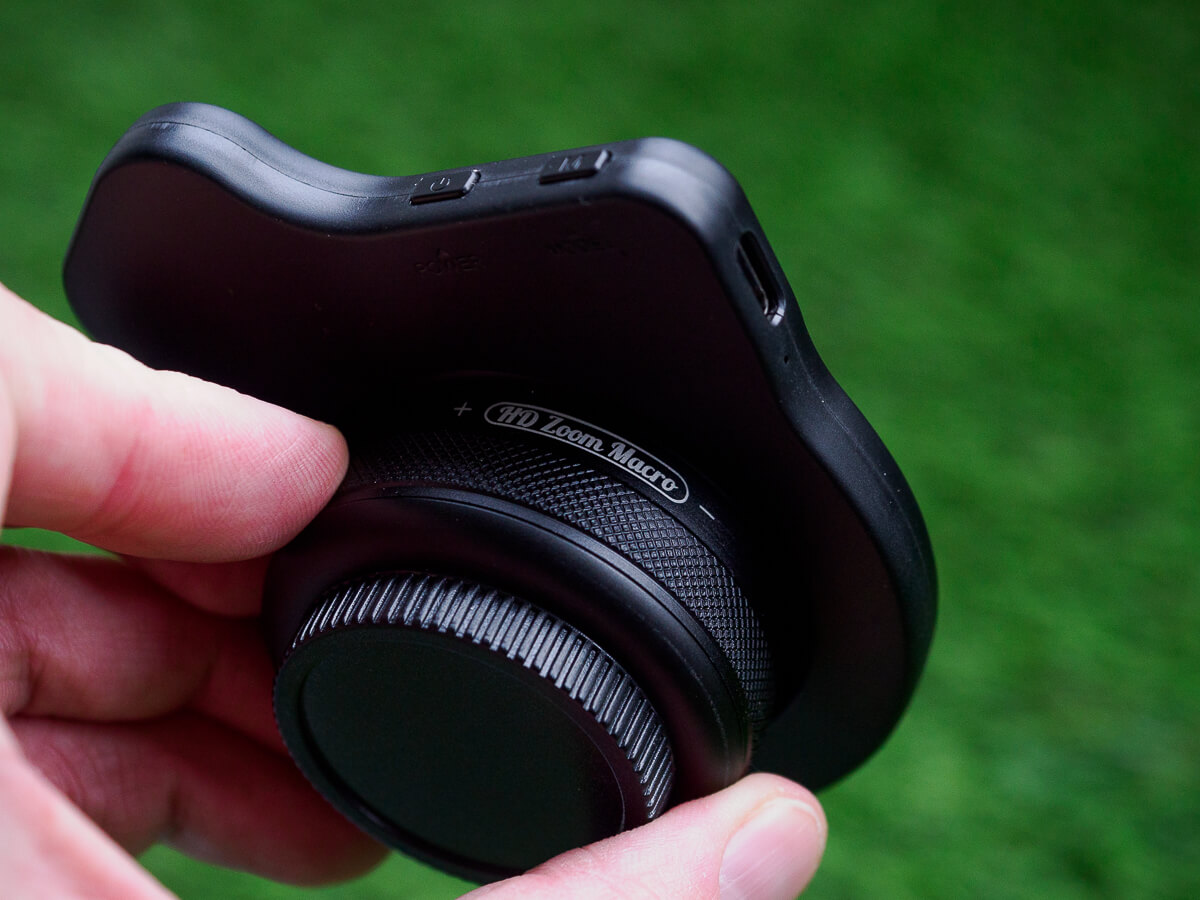
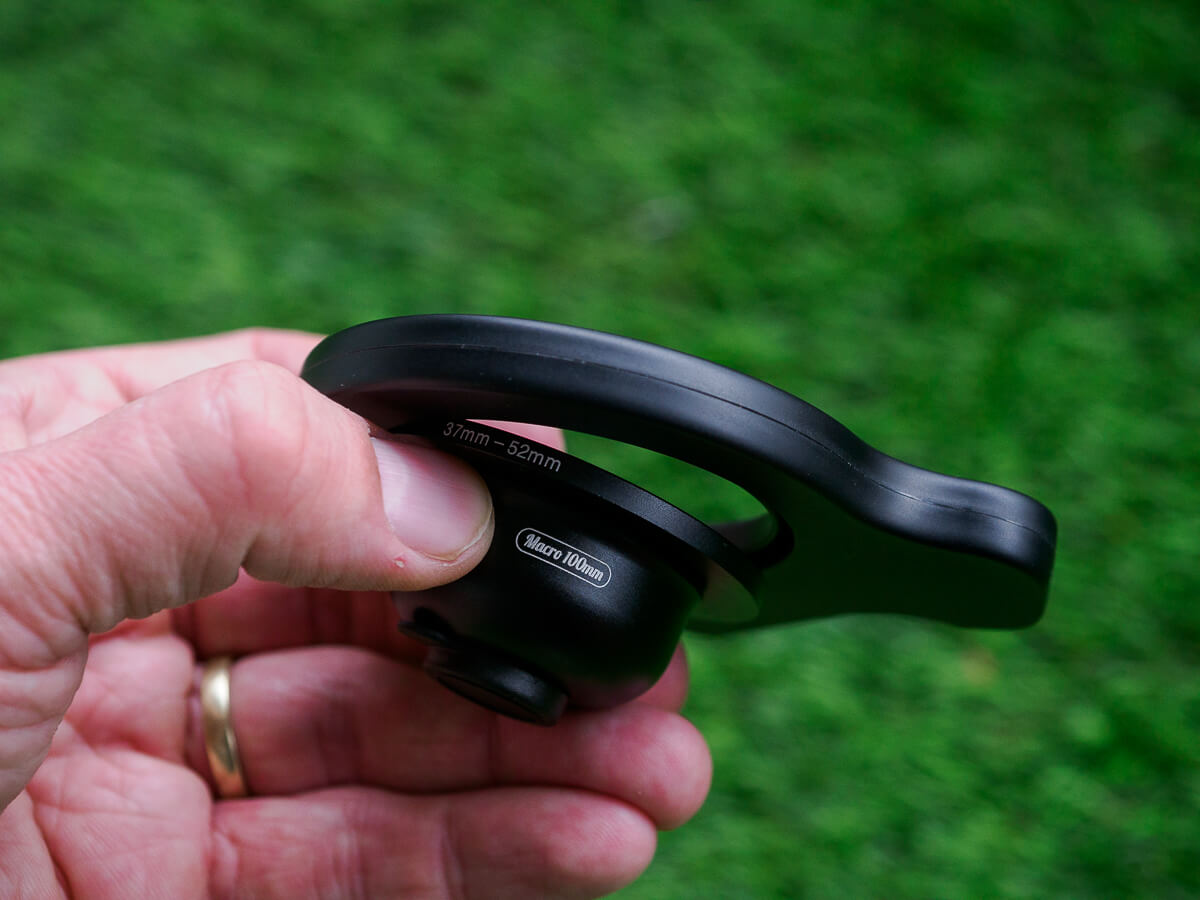
However, it can also be used with other lenses and, with an adapter ring, could even be attached to a digital camera macro lens as well.
The LensLight is compatible with 37mm and 52mm filter threads – and even more, if you have step-up/step-down rings.
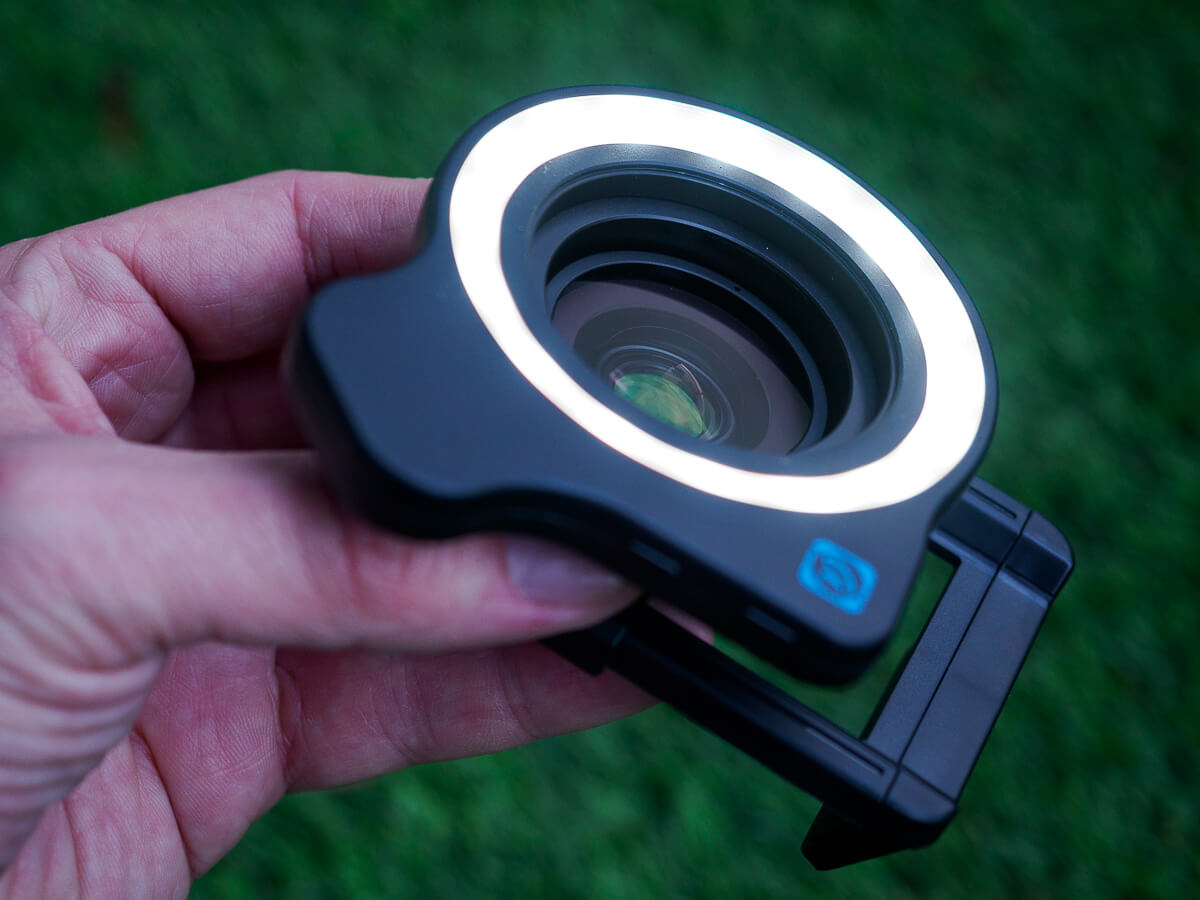
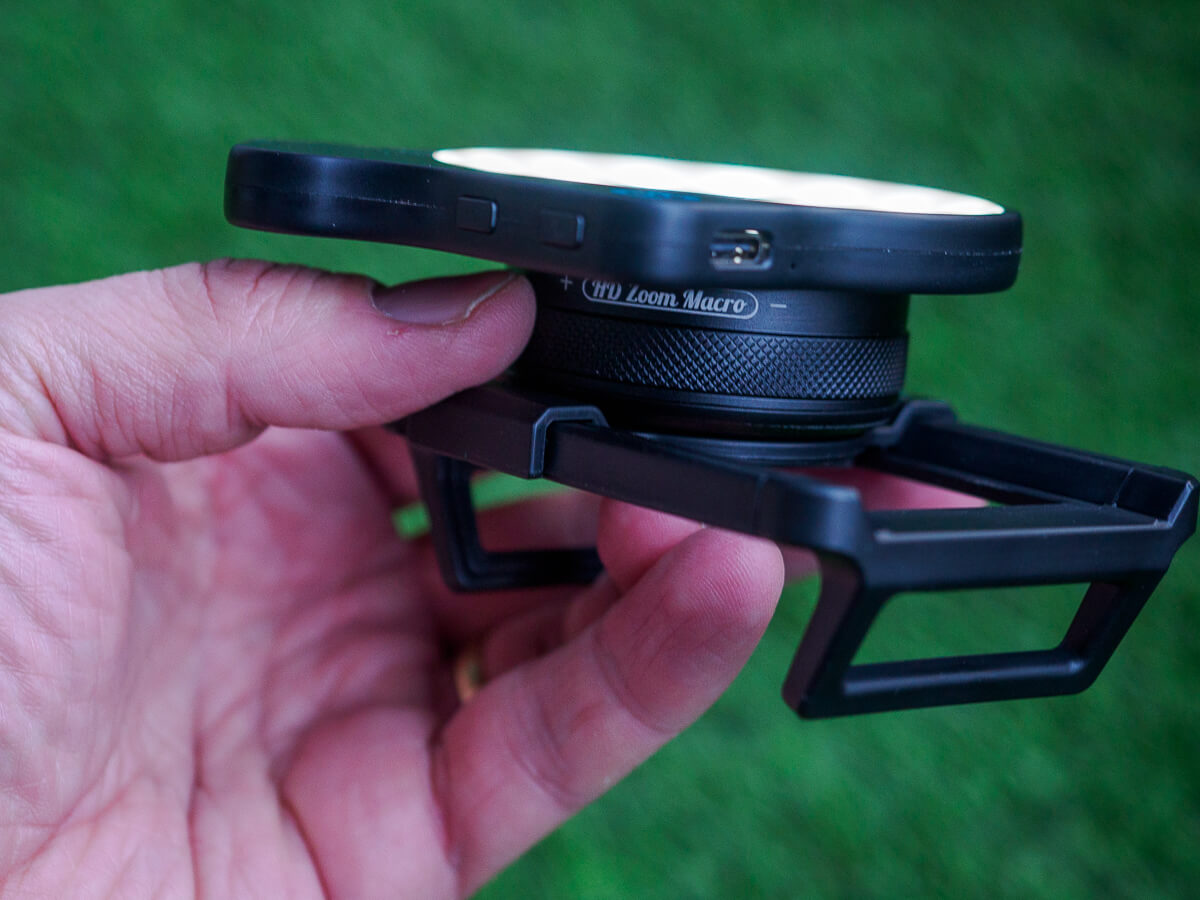
I tried it with my OM SYSTEM MFT Macro Setup and the M.Zuiko 60mm Macro lens, which has a very small filter diameter (46mm).
It does work, but you will have to get a 46mm-52mm step-up ring!
Adapting the FL26 LensLight to a digital camera macro lens is actually fun.
Unfortunately it does not offer enough “punch” to help with moving subjects, which is a common drawback of LED continuous light, but it can be a handy and versatile straight-out-of-your-pocket gimmick for quick lighting.

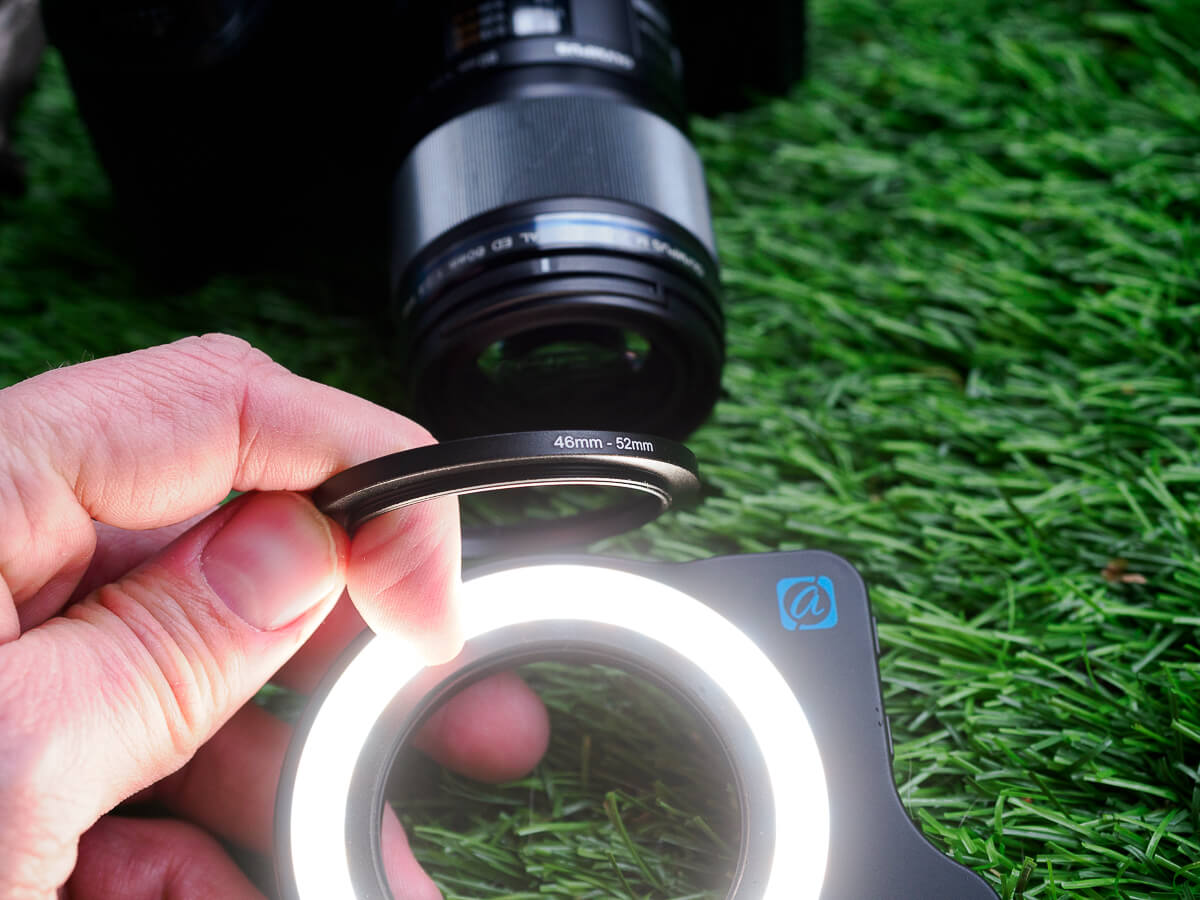
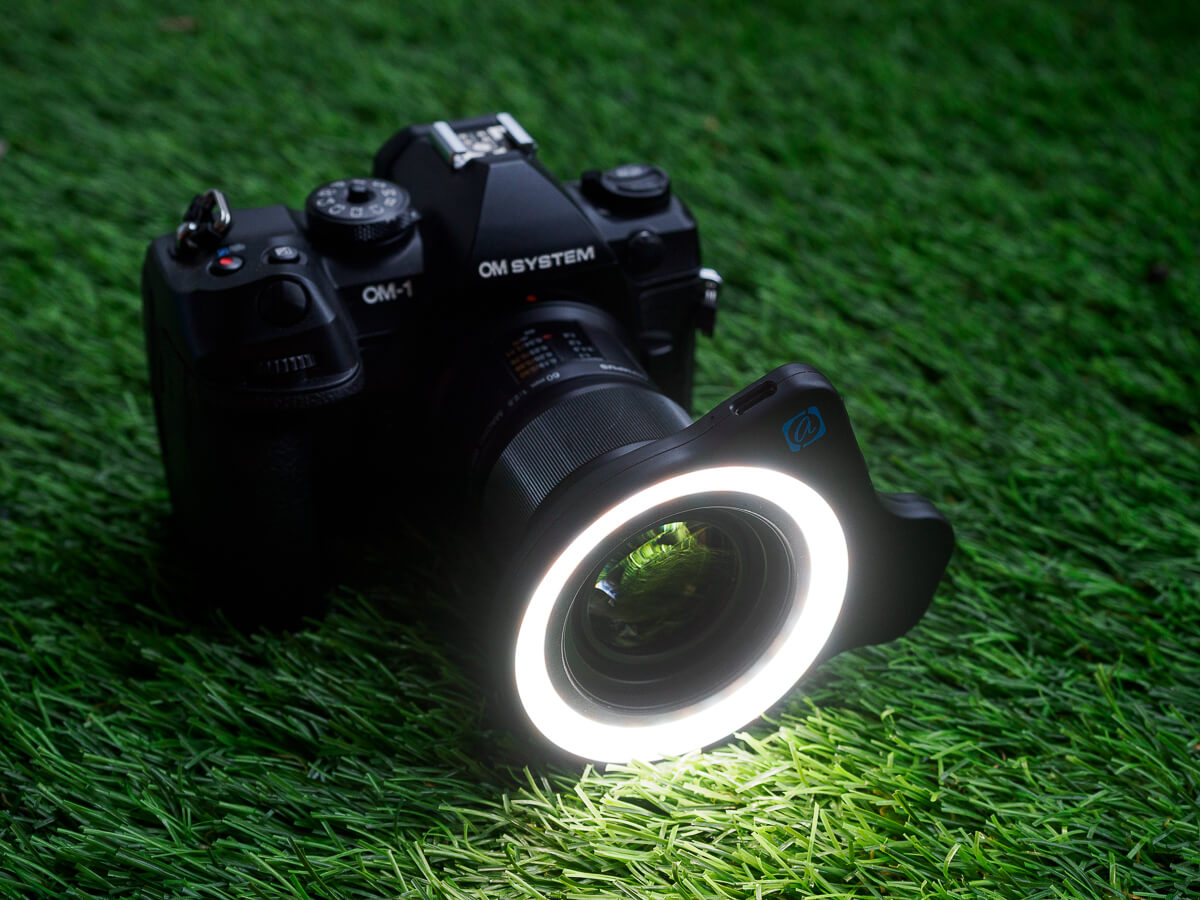
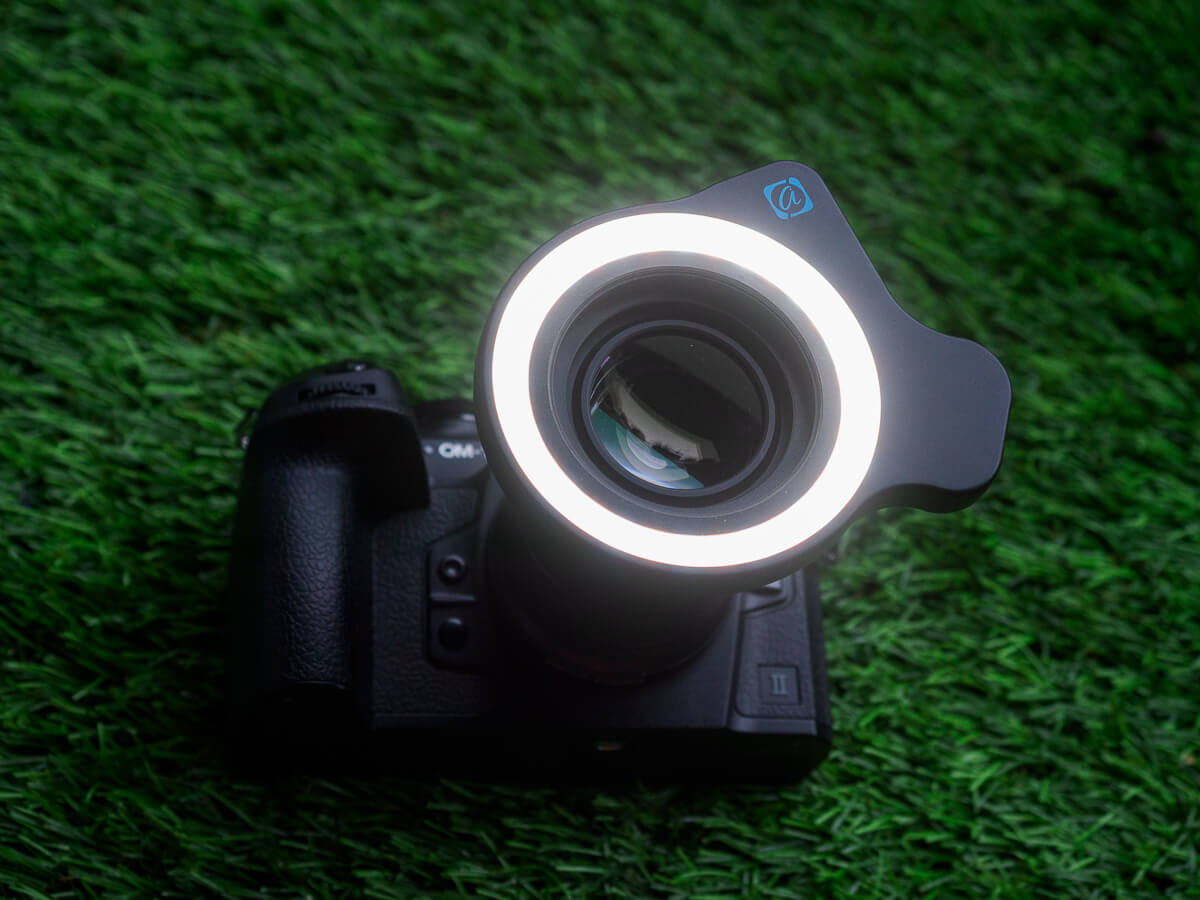
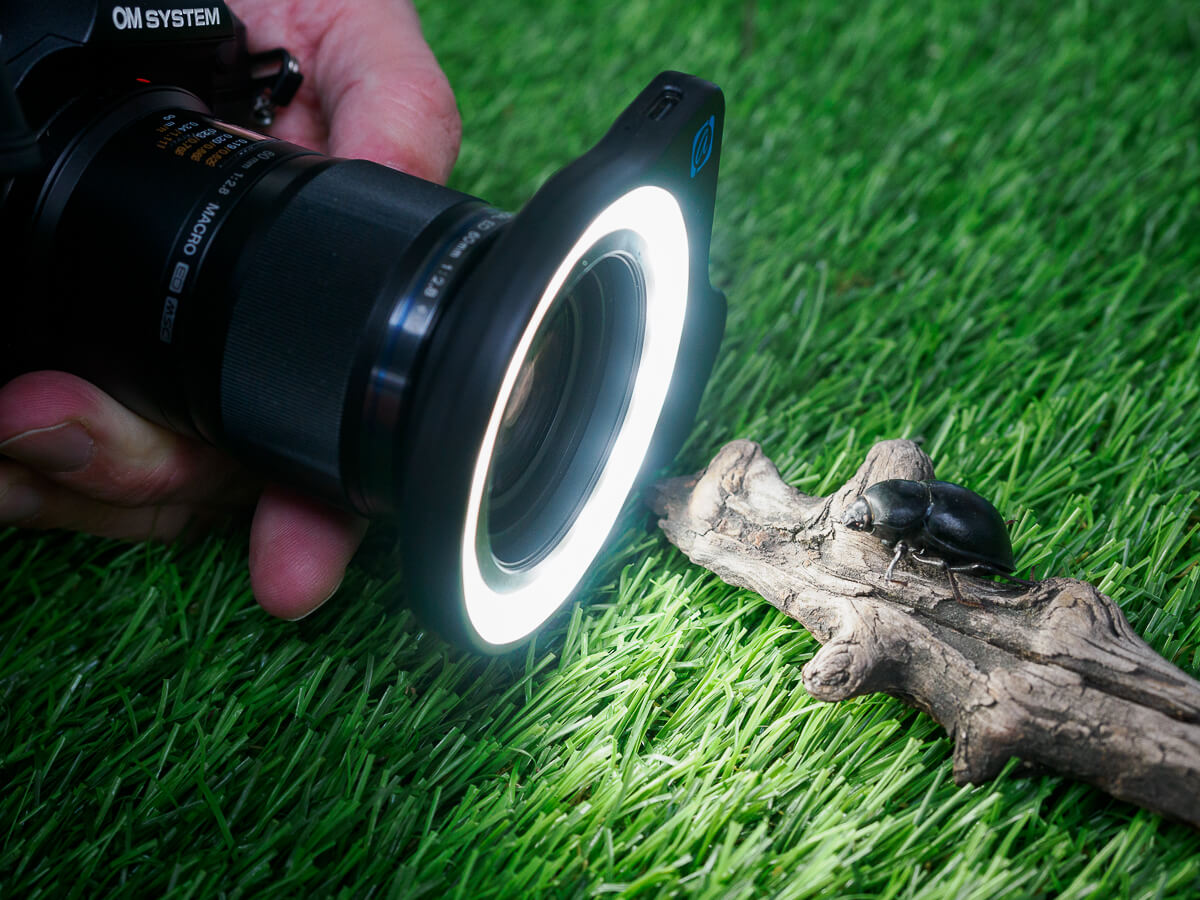

While I would not necessarily use this as a sole light source, it can be used as a focusing light for example, or as a small fill light for macro (or other) video.
Considering the size, the lighting quality is not bad at all, though, as the following before-and-after sample shots with the OM SYSTEM OM-1 II, M.Zuiko 60mm Macro lens and Apexel FL26 added, show:
The FL26 LensLight will have a place in my backpack from now on, as it is extremely versatile (if adapted), super flat and super lightweight.
If Apexel added a real UV-light mode version in the future, it would be perfect.
With its universal USB-C port i can recharge it at any time and place.
It is supposed to last up to 8 hours.
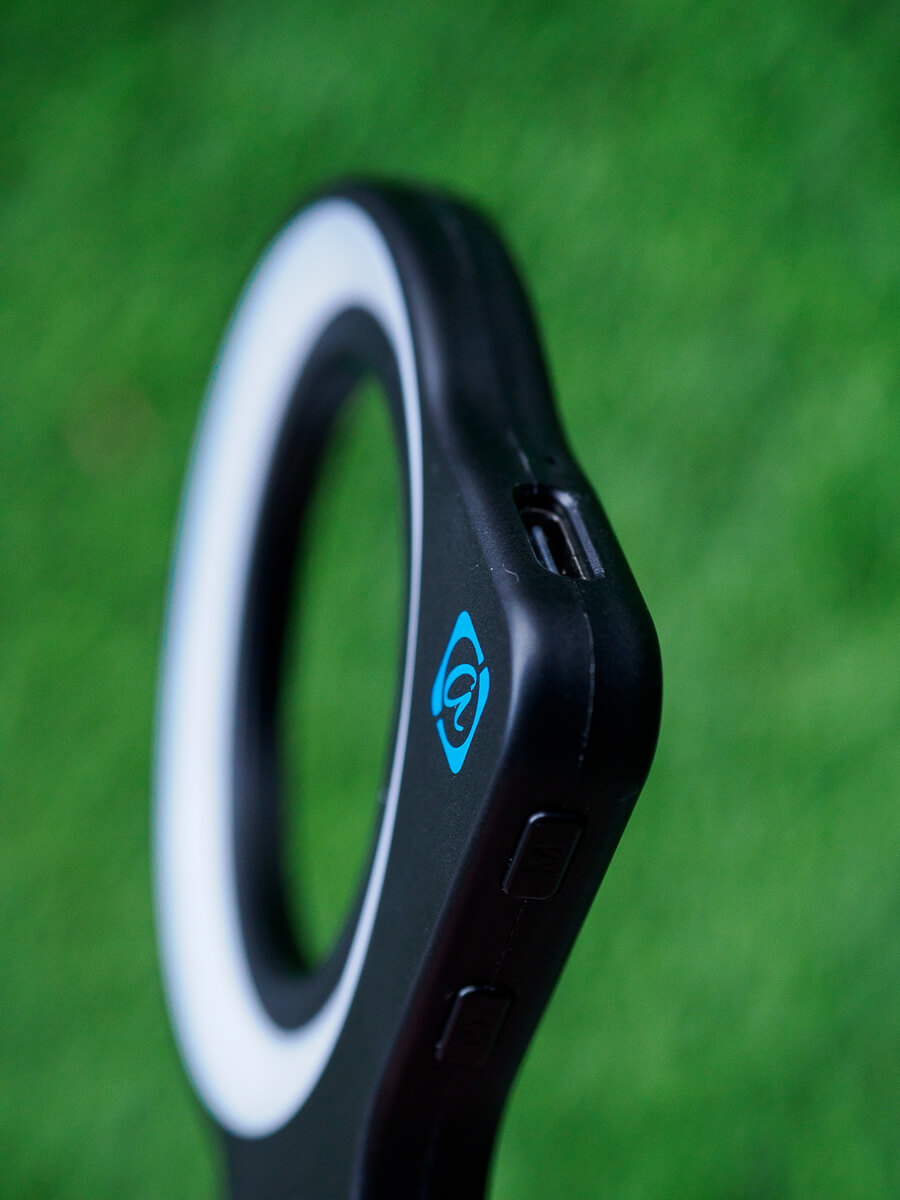
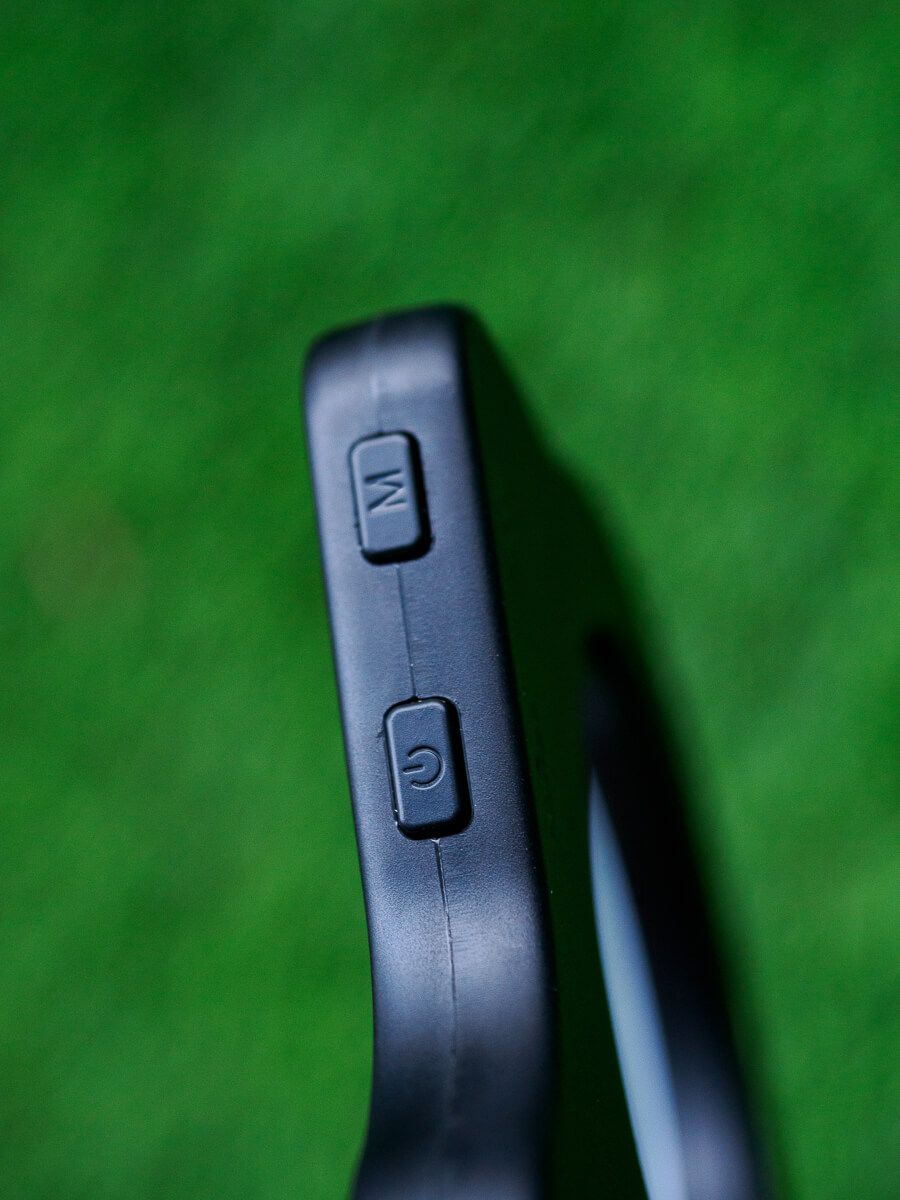
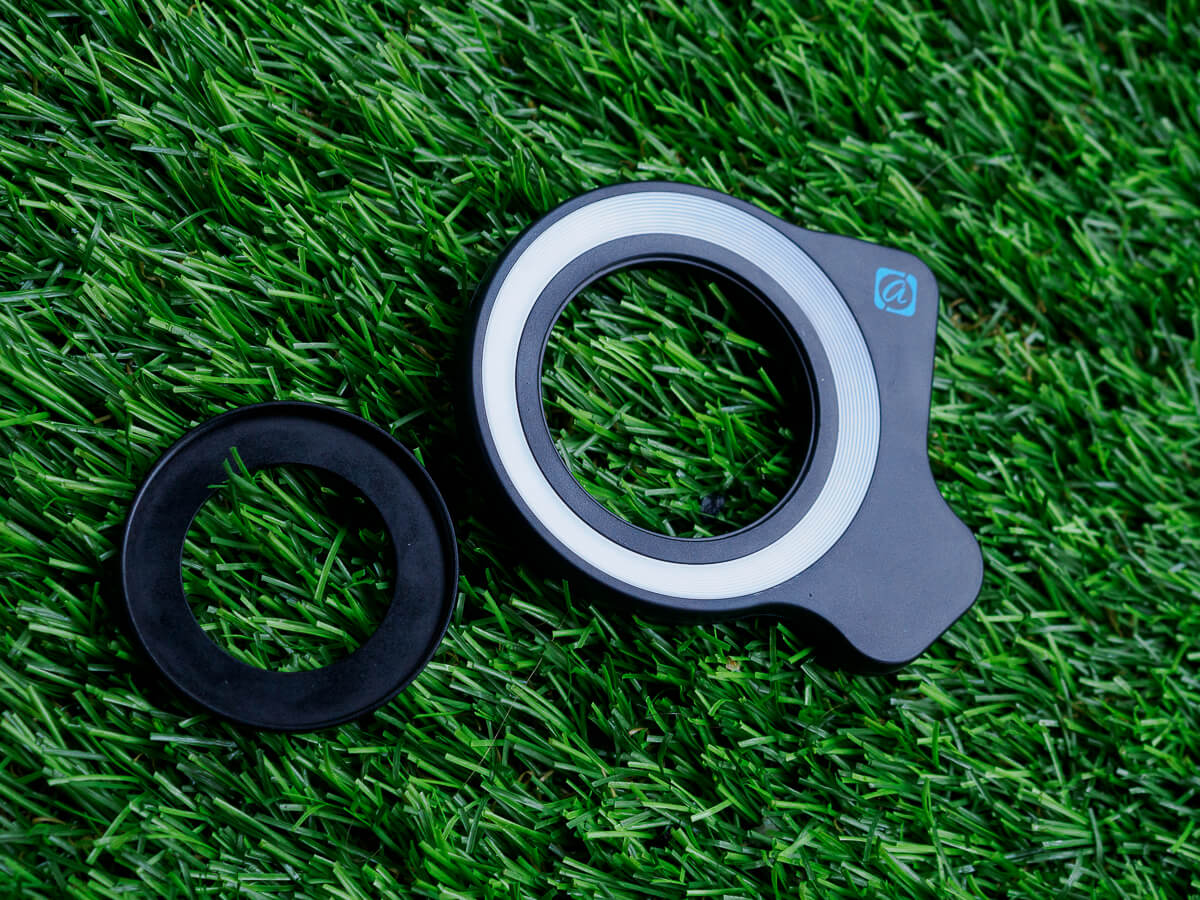
This will depend on the modes you are using, and I think it will rarely come close to that, but even 4 hours would not be bad.
I will test that in the future but anyways, the LensLight is crazy good value for money.
While screwing the FL26 off my M.Zuiko 60mm it accidentally fell to the ground from a height of 1,50m.
It seems to be robust enough to survive that without any problem.
Lighting samples before-after with the FL26
Specifications of the Apexel LensLight APL-FL26
Brightness: 100%, 80%, 60%, 40%, 20%
Color balance: 3200K, 4400K, 5600K
Color Rendering Index (CRI): ≥95 for true-to-life colors
The Apexel website states, that the FL26 offers 45 light modes: that is the total number of combinations from the brightness and color temperature settings, together with the ability to only use the left or right side of LEDs (semicurcular), or all of them for the full ring light effect.

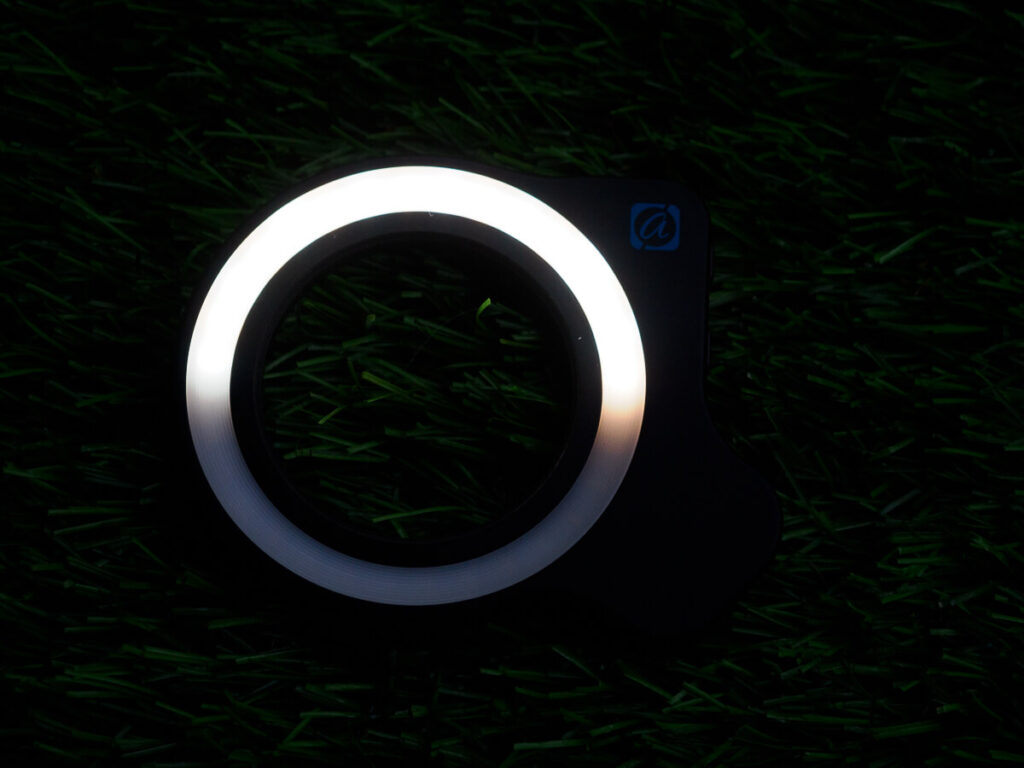
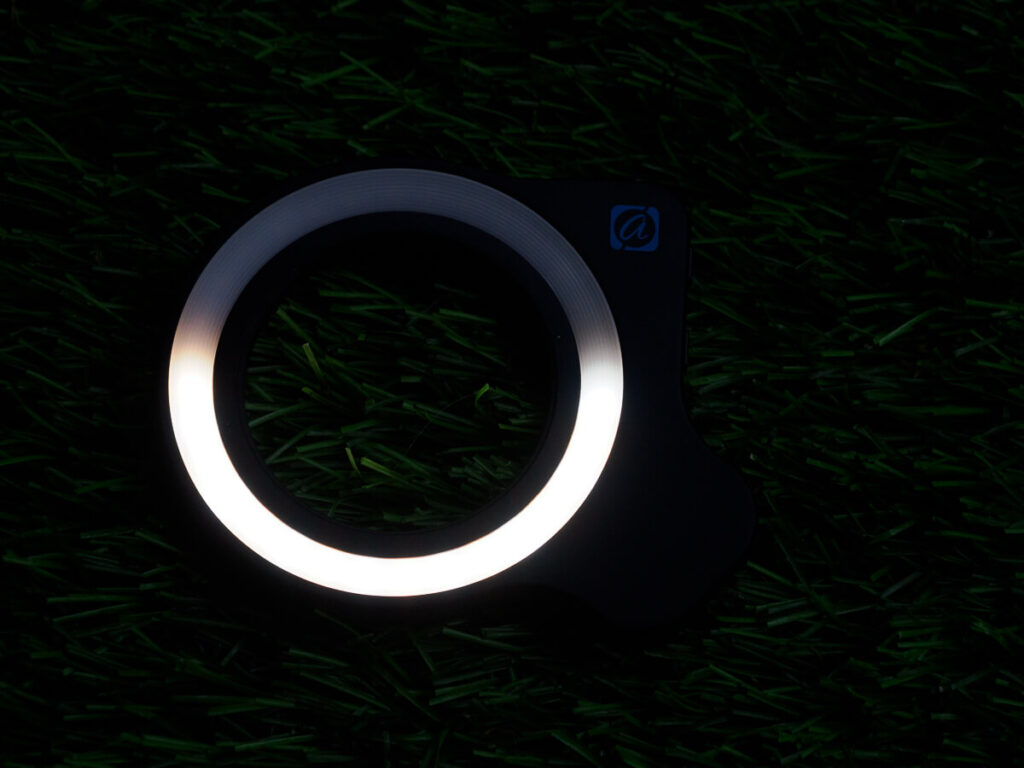
Price: €19,95 EUR (+shipping) BUY HERE (use the code wildmacro10 for 10% off your order)
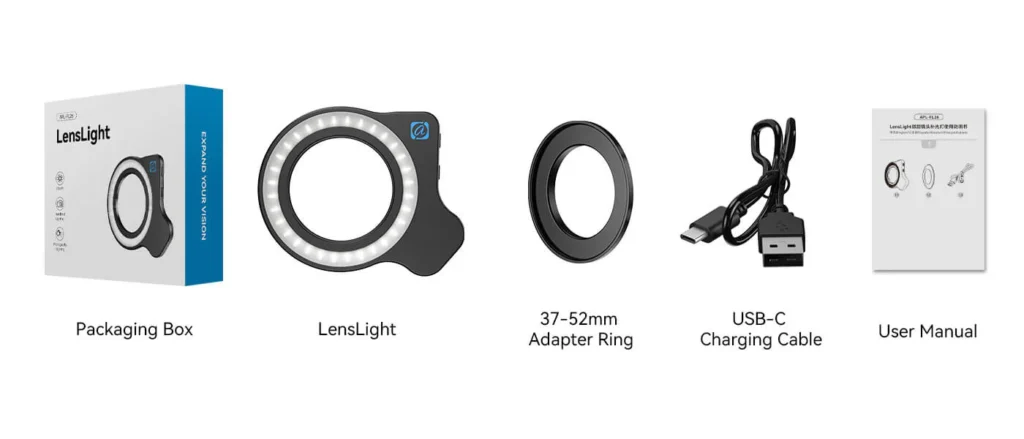
The Apexel 120X Observation Lens aka JeweLens (APL-MS120)
Apexel´s 120X JeweLens is a specialist lens and can be used to examine minerals for example, or other collectibles.
It can be used both as a Loupe and as an additional lens in combination with your smartphone.
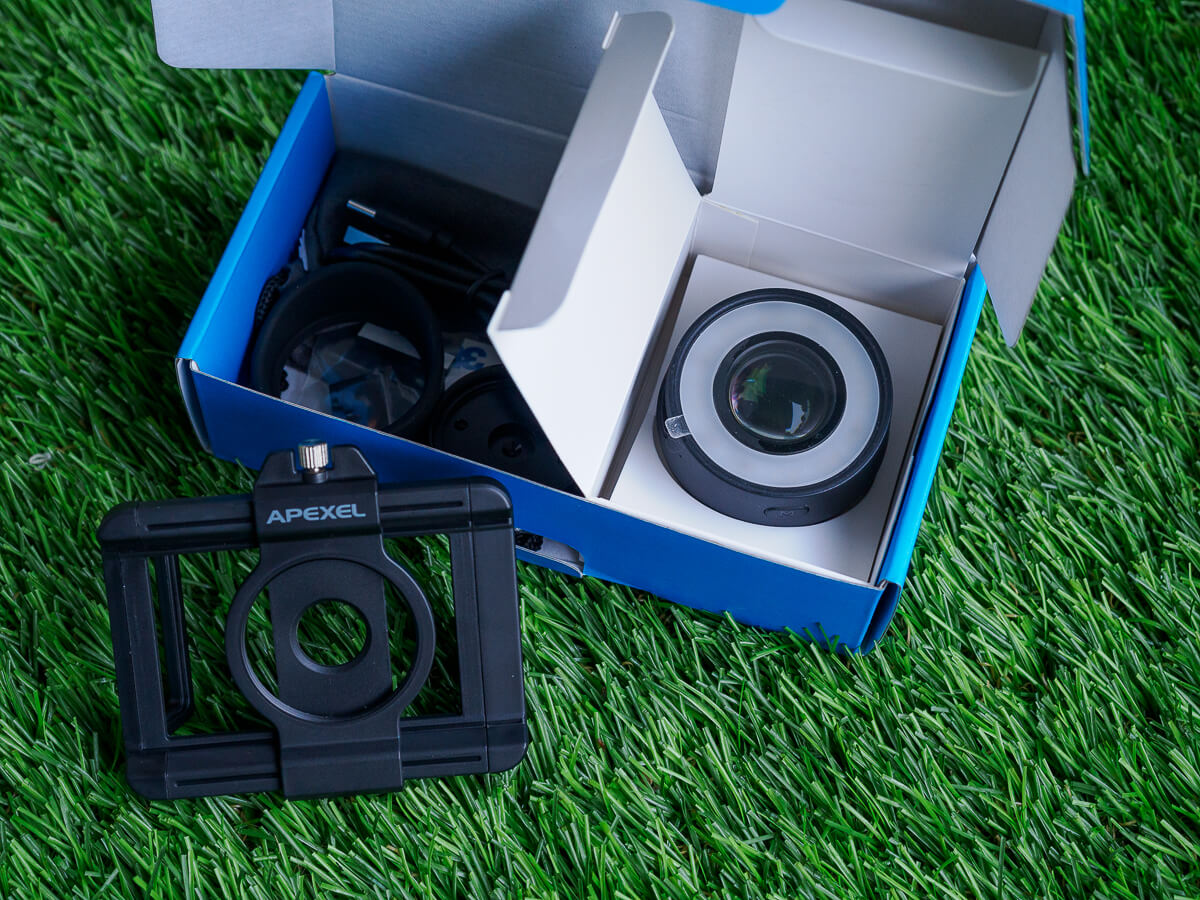

Built-in 3 lighting modes: white, warm, and UV
Adjustable brightness: dark, medium, and bright
2 light styles: semicircular and spherical
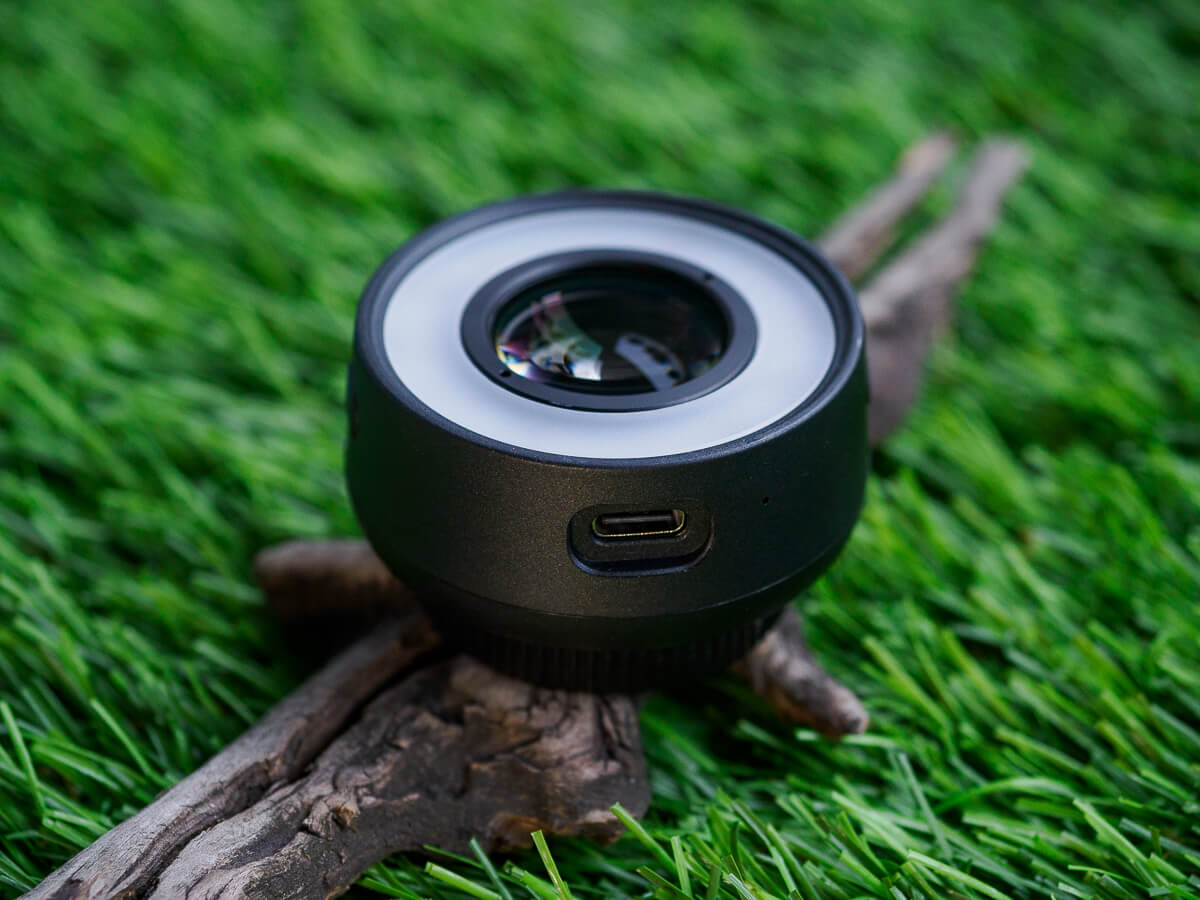
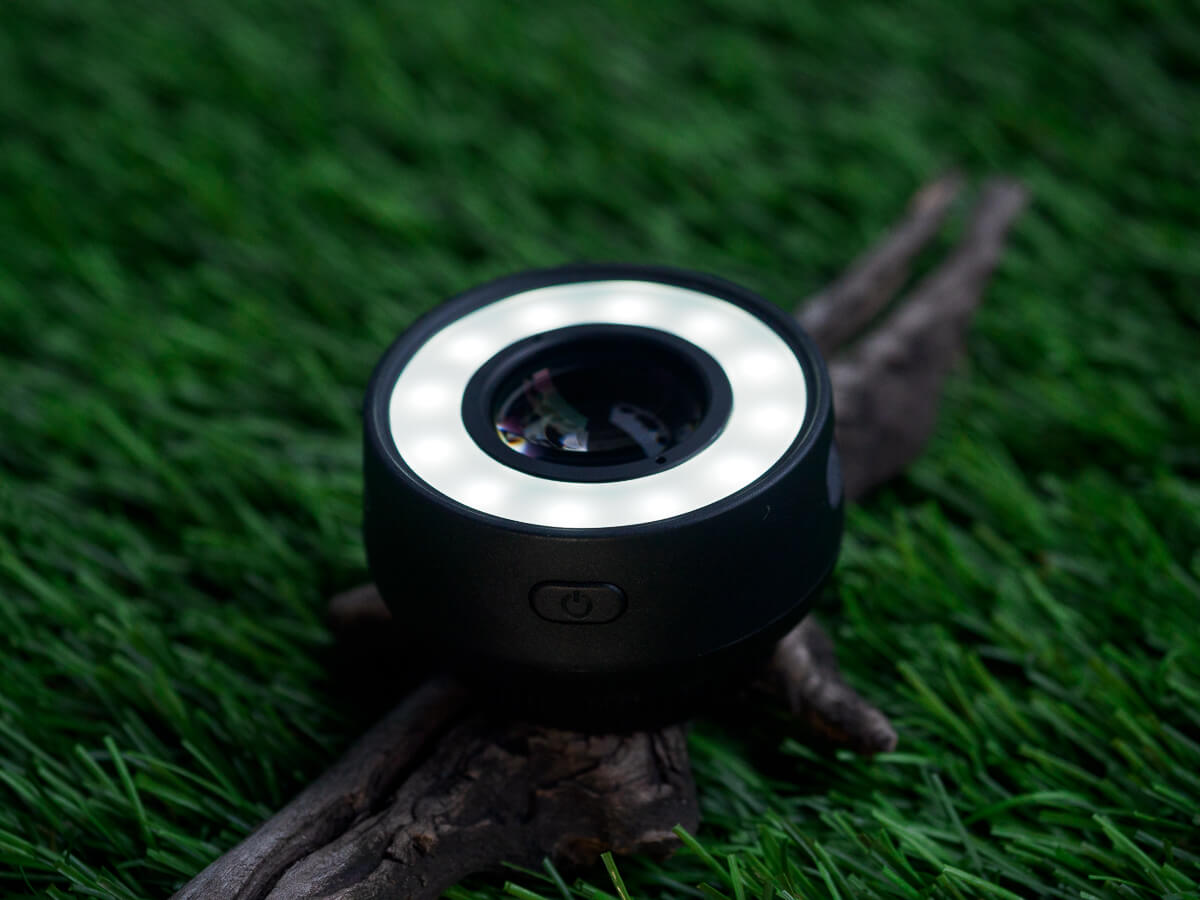
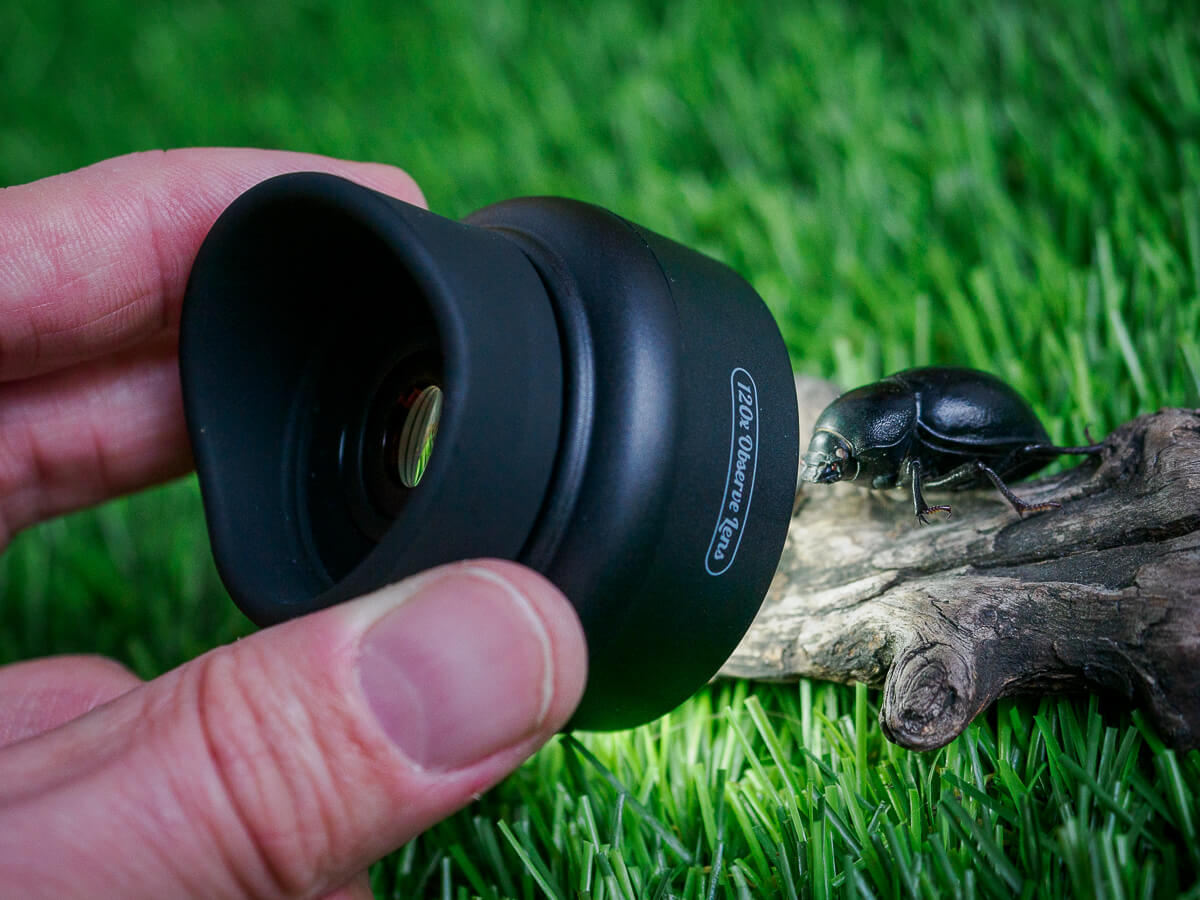
Just like the Zoom Macro lens, the 120X JeweLens also comes with the same universal phone mount.
This allows for a quick exchange of lenses, as you only require one mount-cage.
Using the Apexel 120X Observation Lens for UV Night Macro Photography or Filming
One of the best features of the MS120 JeweLens is the built-in LED ring light.
While this is generally helpful for focusing and lighting in low light conditions, there is a third lighting setting which I thought could be a real game changer for specific subjects:
The lens has an UV-light, which could make filming or photographing fluorescent minerals and animals a lot easier!
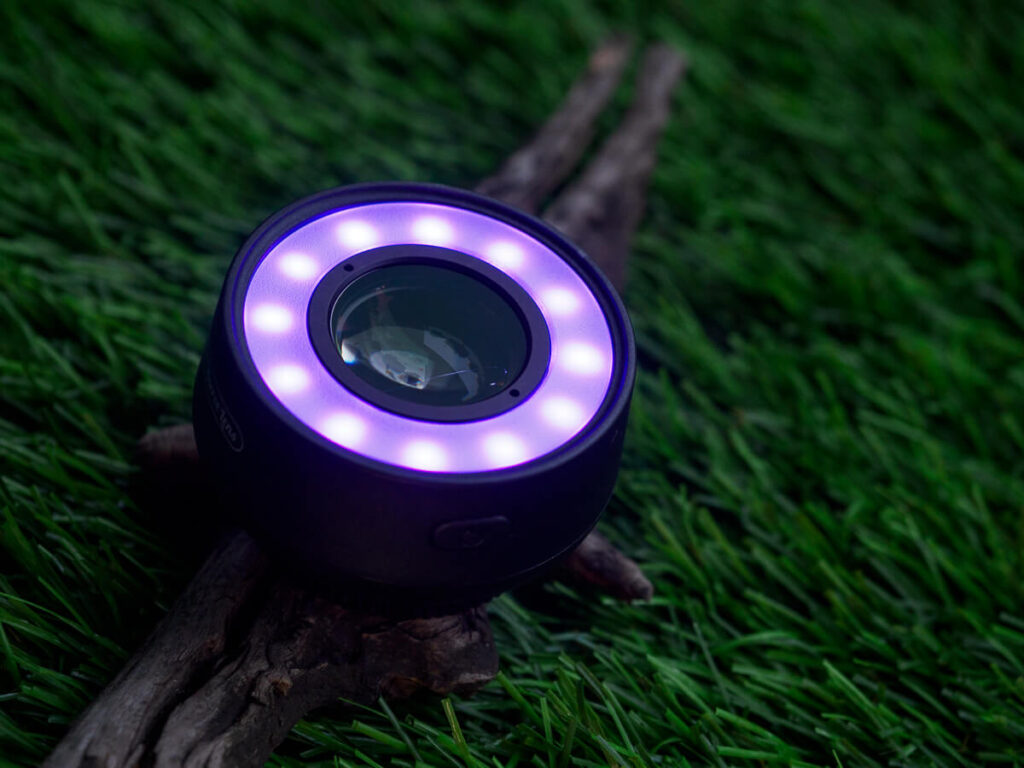
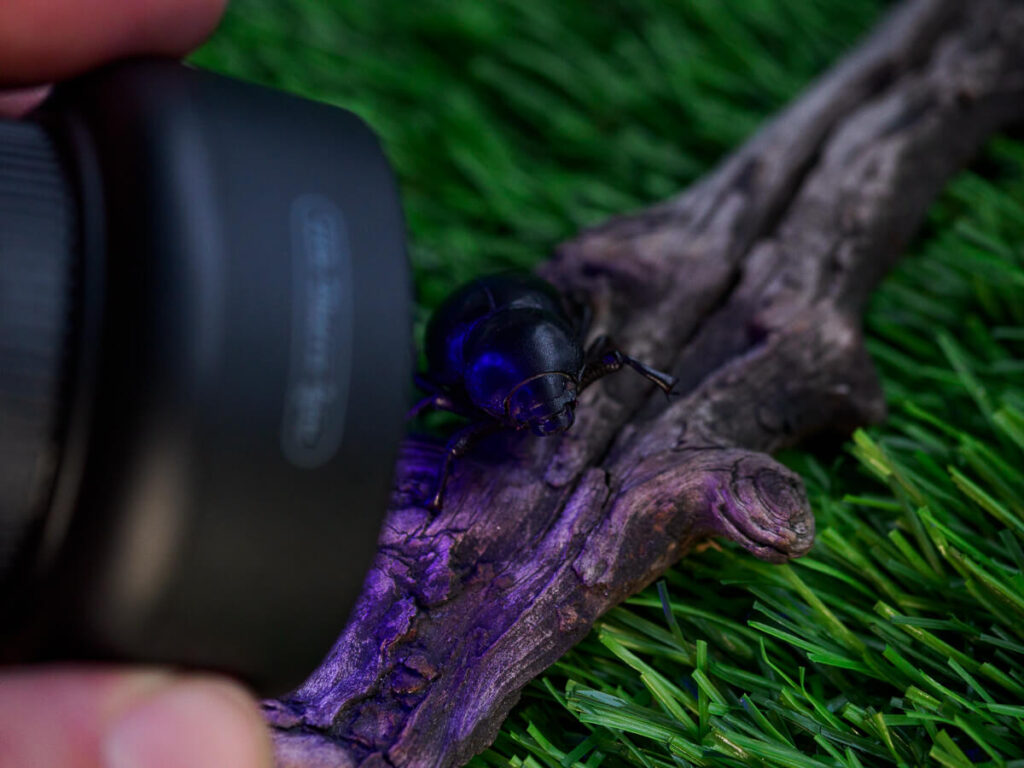
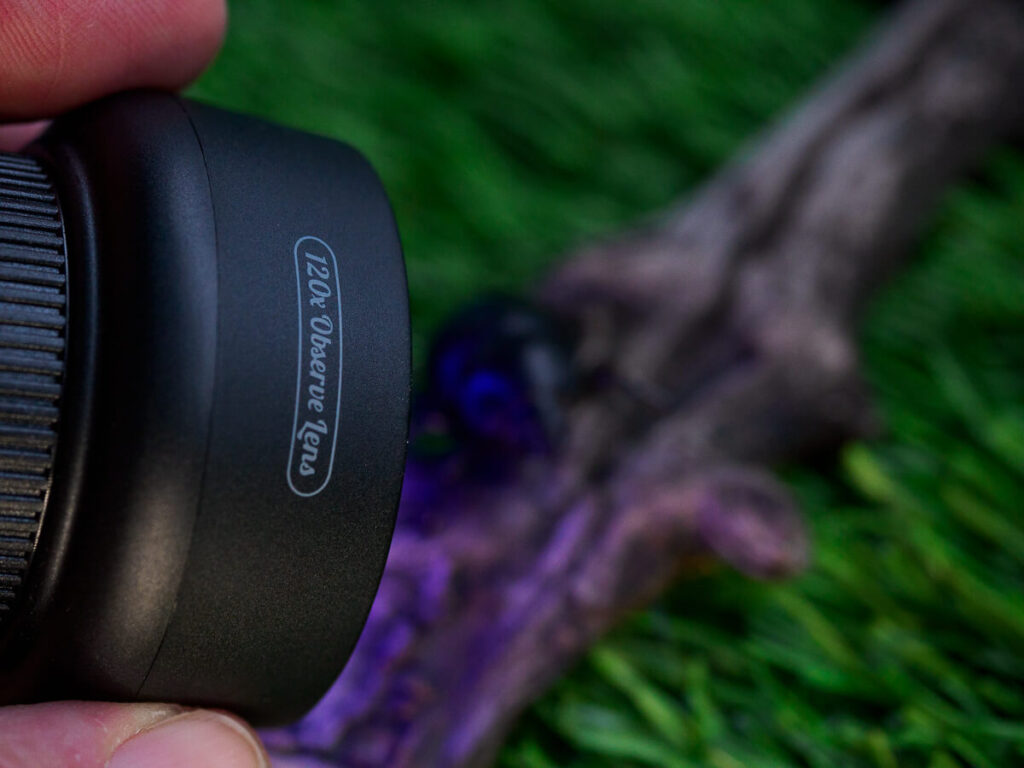
I was thinking of Scorpions here, or lizard eggs, which literally glow in the dark, when hit with an UV-torch.
Its UV LEDs are not as bright as the standard LEDs though.
The only and huge drawback here is, that the JeweLens has such a limiting high magnification, that you can only photograph or record details and no wider scenes.
If you are looking for a loupe / magnifying glass to get a closer look at your collectibles, however, get the MS120 JeweLens, as this is where it shines.
Price: €49,95 EUR (+shipping) BUY HERE (use the code wildmacro10 for 10% off your order)
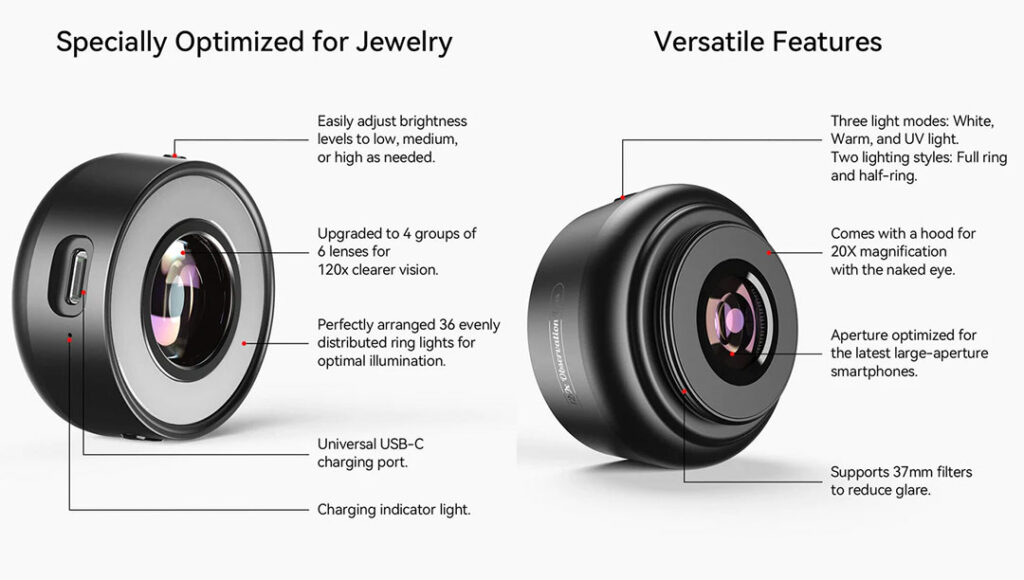
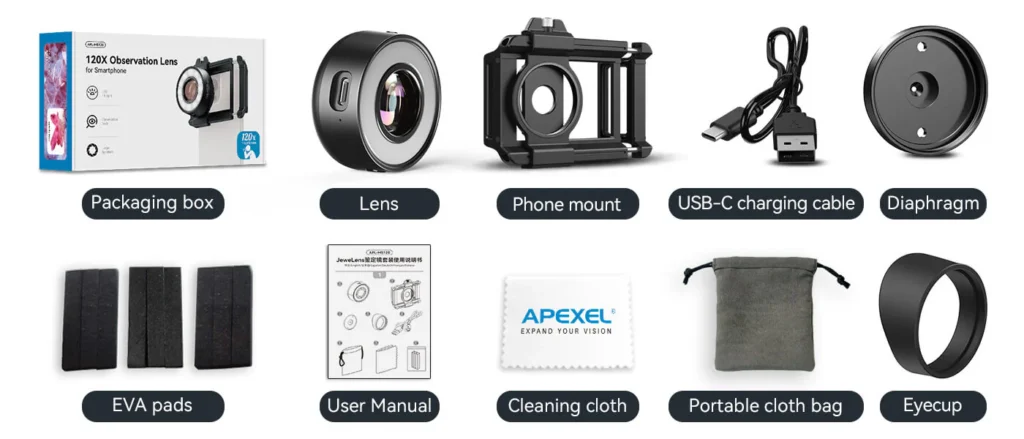
Conclusion
Are the tested Apexel Macro lenses worth their money?
Yes, they are – the price seems to be fair.
The quality may not reach the Sandmarc lenses exactly, but there is still enough metal involved to make them look and feel great.
I like the lens mount in particular, as it is universal and fits probably 90% of all smartphones, while keeping the lenses in place safely.
The Zoom Macro is one of the best smartphone macro lenses I have tried so far, offering great flexibility with the zoom function.
Another bonus feature I enjoy with both the Zoom Macro and the 120X Observation Lens (JeweLens), is, that they can also be used as loupe (magnifying glass) without a phone.
Originally I couldn´t wait to see how the JeweLens´ UV light worked for filming Scorpions in South Africa next time.
This was until realized its depth-of-field was so thin and the magnification so high, that it would be impossible to take shots of moving subjects and also get those in frame completely.
I surely have a weakness for universal and flexible gear and that´s where the Apexel products deliver.
Unfortunately the other Apexel macro lens, the HD100, does not work with the smartphone mount and still uses a classic clip-on, which I am not a big fan of.
An adapter ring to fit the 17mm thread of the lens to the 37mm of the mount would be needed and this is not available anywhere (yet).
Although the Apexel LensLight (FL26) is just an accessory, this one is definitely a winner and earned a permanent spot in my photo backpack: highly recommended.
To not be disappointed if you purchase an external smartphone lens, please be aware, that using them is considerably more time-consuming than photographing with the built-in lenses.
Both the handling, and also getting decent results, require some practice – with a macro lens even more so!
Light and stability are most important to get above-average results.
Currently, a smartphone – may it be with or without a stand-alone macro lens – can not match the quality of a real digital camera´s macro photos.
Get 10% OFF your Apexel orders
Are you looking to purchase any Apexel product, like the above reviewed Zoom Macro Lens, the LensLight or the 120X Observation JeweLens?
With the following Discount Code you will get 10% off your order in the Apexel Online Shop:
wildmacro10
(for transparency: using my referral link for your purchase of an Apexel product will support me a bit, in keeping up high quality content for this website)
Sign up for the newsletter mailing list & free ebook

Did you enjoy these tips and want to learn more or improve your macro photography skills?
Stay up to date with new blog posts, reviews and tutorial- and ebook-releases.
Sign up below to get notified when the free edition of my ebook
‘How to master spider & insect macro photography’ is ready for download.




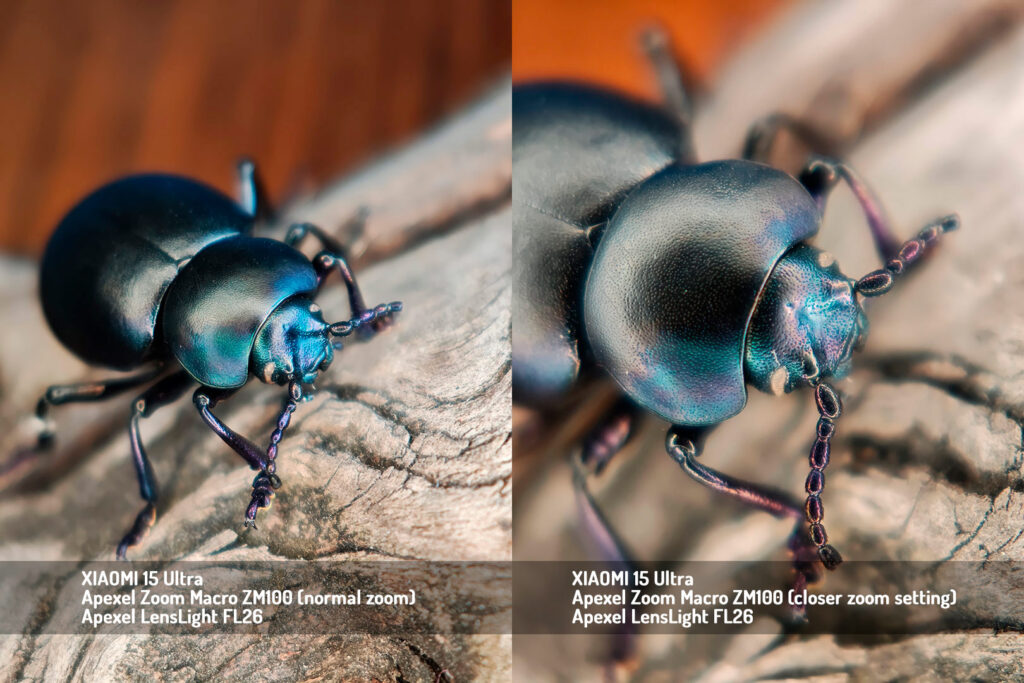
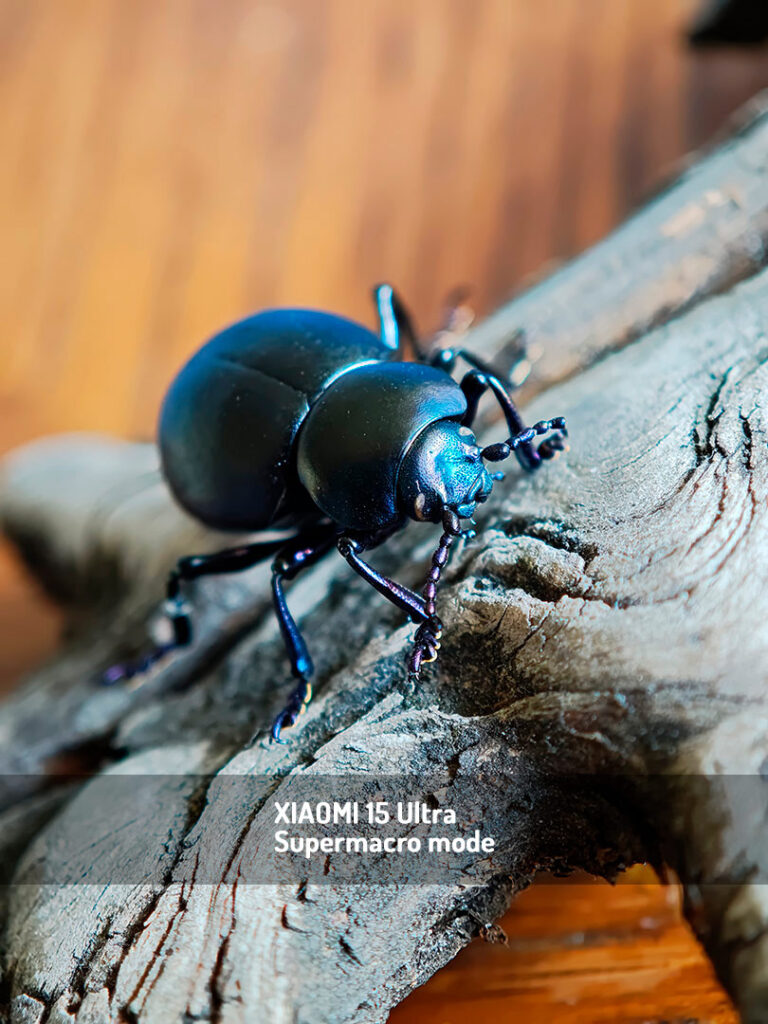
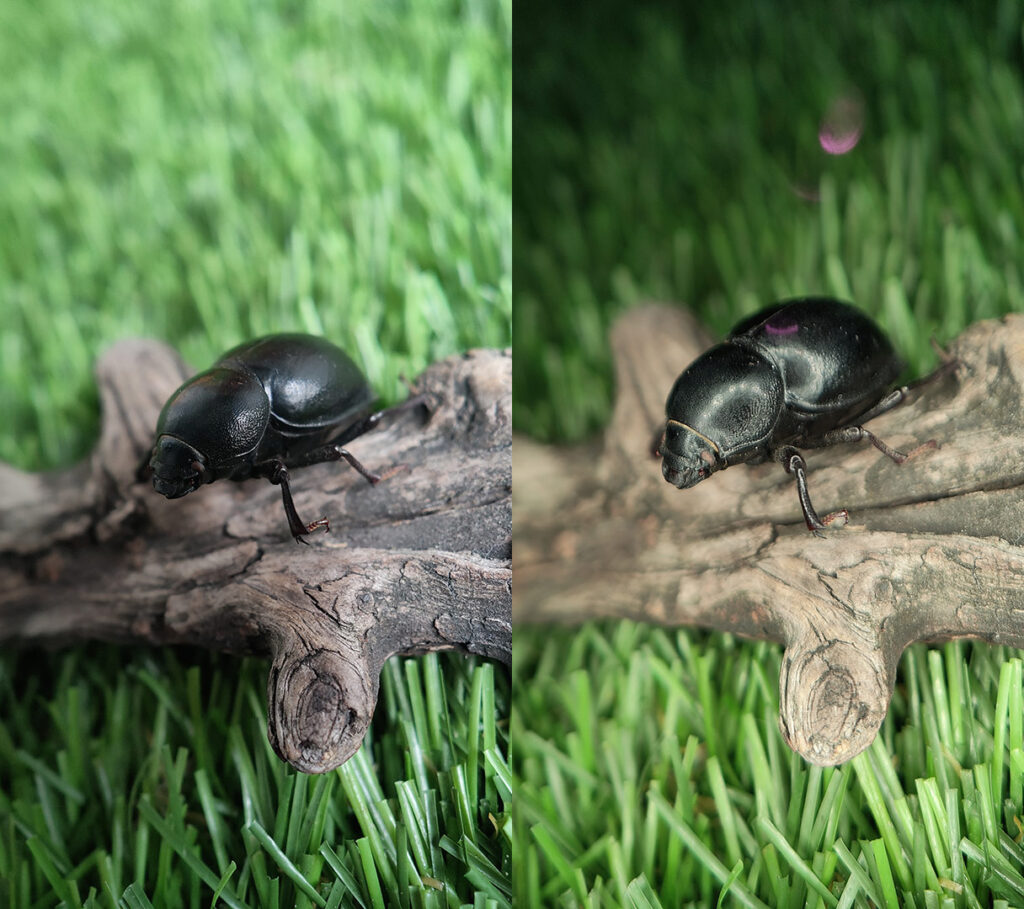

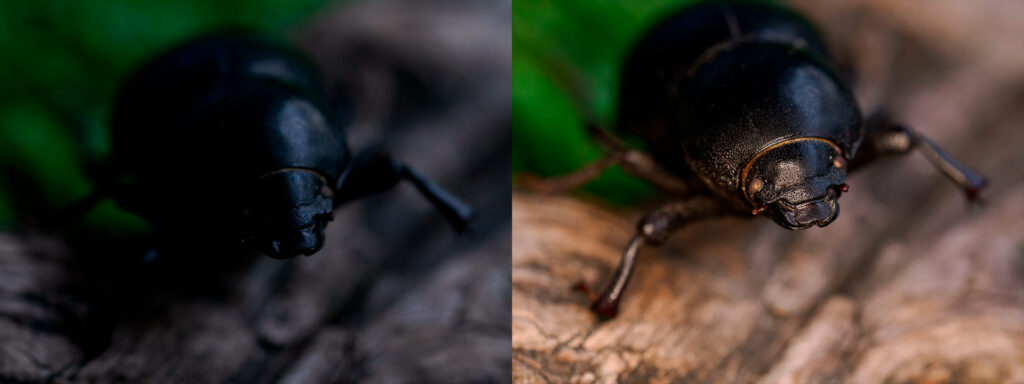
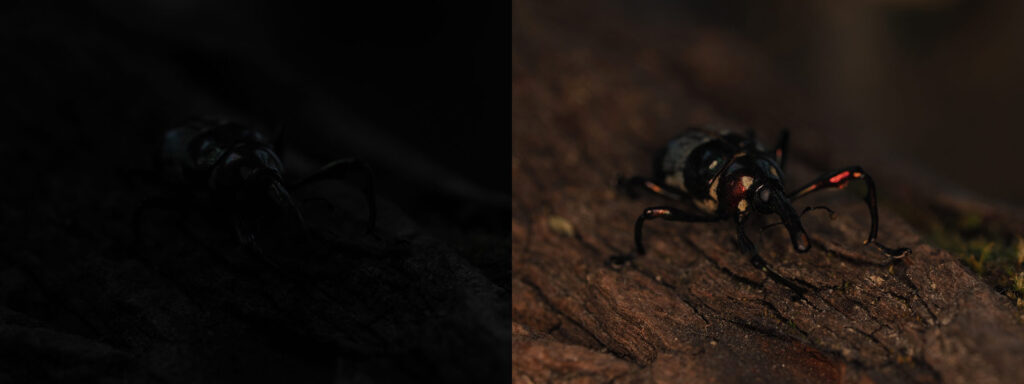
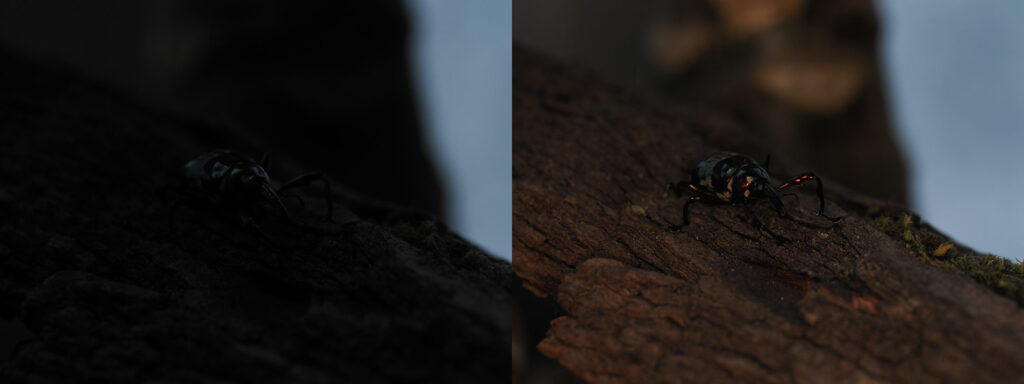
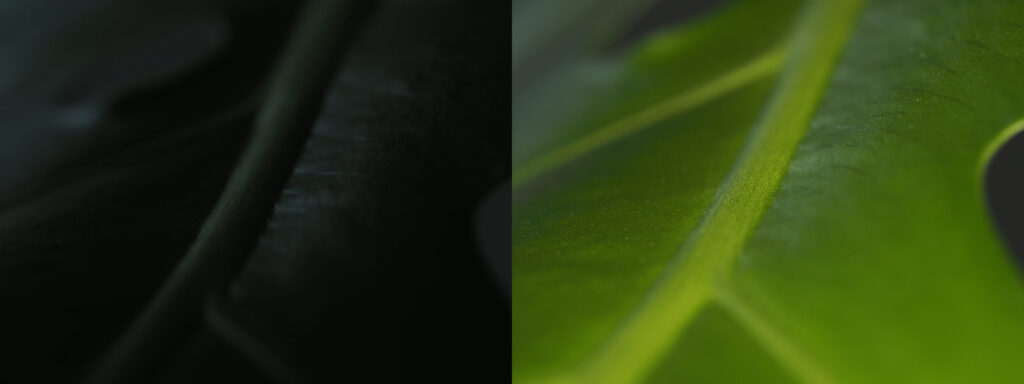
Sli mubarak
Posted at 23:24h, 02 DecemberThay are like fake product, thay collect money and not shipped items
wildmacro-chris
Posted at 09:24h, 03 DecemberHello, this is unfortunate to hear, that you had negative experiences with them. I did not hear much feedback like yours so far, so it might be a mitake? Did you try to contact them?
Can you elaborate on what happened?